-PH O TO G R A -pH Y
CENTER QUARTERLY
CONTENTS
5 PHOTOGRAPHY NOW
Artists'Portfolios 16
MIRROR / MIRROR
KathleenKenyon 24
THEMANWHOLOVEDWOMEN
JoanMunkacsi 31 OPPORTUNITIES
DerekJohnston
NTRODUCTION
Two years ago the Center staff began working with a Long-Term Planning Consultant. A smart man who had never before assisted a space for photographers, he asked us a simple (but significant) question: How do I look at a photograph? Because we showcase work by contemporary art photographers in exhibition and publication, the ties between our education and other endeavors are necessarily significant ones. In order to best serve contemporary artists, Center education programs must serve as a bridge between artists and audience members who often are perplexed by "new" or "difficult" work. Center artists often have no commercial gallery representation nor a track record of written history and critical acclaim. The Center plays an advocacy role. It puts innovative work in an educational context, and it guides new artists to new audiences who see new visions, enter a discovery process, and perhaps decide to enlarge their own creative expression.
The Center sponsored Collecting Photography Symposium, an educational event hosted by the Millbrook Golf and Tennis Club on July 29, 1992, featuring panelists Beth Gates-Warren, Photography Specialist, Sotheby's New York City; Colleen Kenyon, Executive Director, the Center for Photography at Woodstock; and John Parkinson, Trustee, and Member of the Acquisitions Committee, the Museum of Modern Art, New York City. A lively panel was presented to over two hundred audience members new to the Center. Slides and original photographs were displayed followed by a discussion on buying, selling, and storing photographs. Our thanks to Ann L. Morse, photographer and member of the Center's Board, for organizing the event and to Lila Raymond, featured guest artist and Center Patron Print donor.
The most exciting concept to come from our Long-Term Plan is that of linkage. We seek increased opportunity to strengthen existing
connections and to make new ones between our artistic programs and our artistic home; among our education, exhibition, and publication programs; between our organization and other art organizations nationwide; and-our most challenging connection-between those who make art and those who can be enriched by it. Each fall we plan to present BUILDING LINKS, a special educational event which includes panels and program guides to create the necessary linkage between artists and audiences. Exhibitions are tied to catalogues, film and video screenings, and discussions for the community. Panels are designed and marketed to "invite the audience in" by focusing not only on issues in the visual and media arts but also on larger questions pertaining to the culture.
On November 7, 1992, the Center presented Photography: Bridging the Distance, an educational forum (free to the community) to accompany our exhibitions ENCOUNTERING DIFFERENCE: Graciela Iturbide, Pablo Ortiz Monasterio, Carlos Somonte, Mariana Yampolsky, curated by Elizabeth Ferrer, and RE-EVOLUTION/from the surface of all things to the infinite spirit of creators, a show of
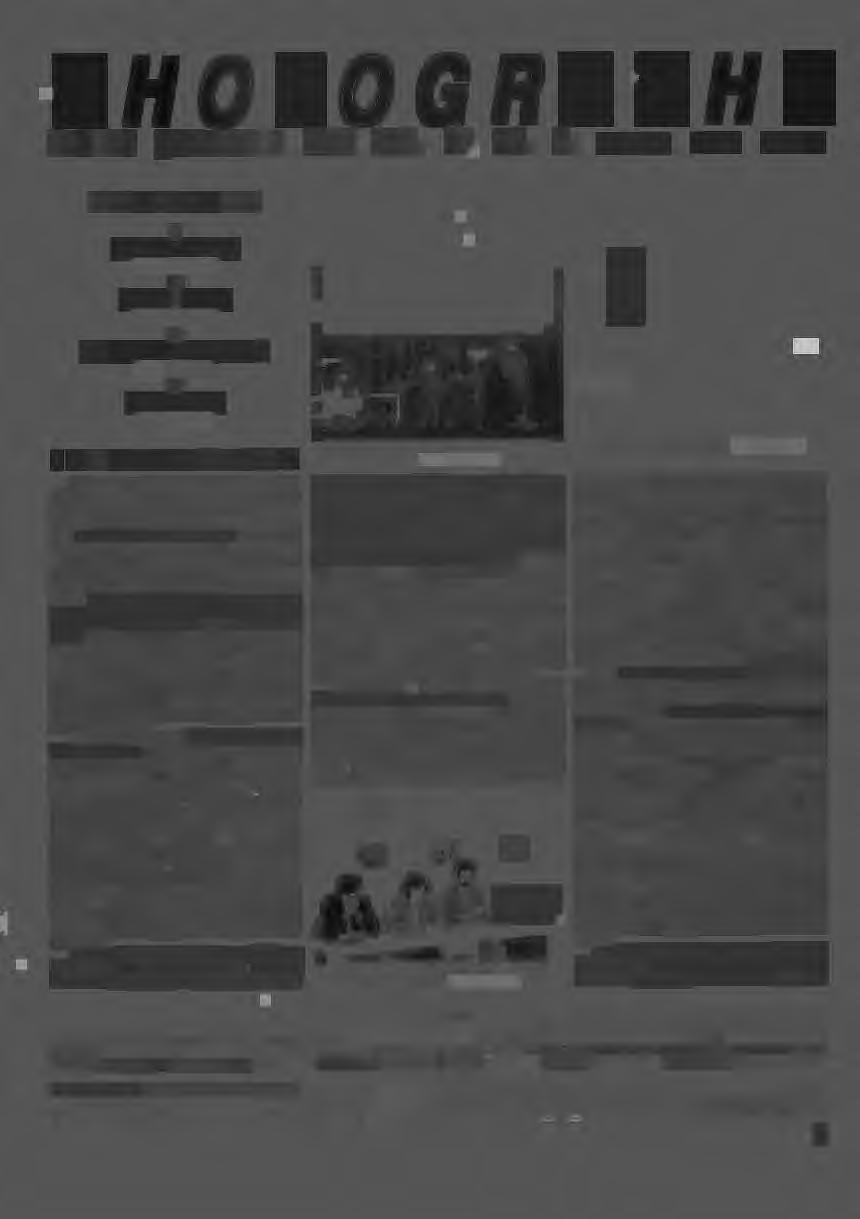
contemporary video by Mexican artists curated by Adolfo Patino. Guest speakers included: Elizabeth Ferrer and Geno Rodriquez from New York City, New York; Pablo Ortiz Monasterio and Mariana Yampolsky from Mexico City, Mexico. The event provided curators and artists the opportunity to have a conversation with the local, regional, and rural community audiences. A two-hour discussion explored the questions: how do you define "mainstream" and "other"? How do the meanings of these terms change for someone living in a Third World country? What are the boundaries in our "fax-related" culture? Can intellectual and spiritual distance between very different people be bridged by artists who have special empathy for their subjects?
The Woodstock Photography Workshops, now in its sixteenth season, includes training three college students in teaching and arts management; this is the annual Workshop Internship Training Program. Our thanks to students Jan Nagle, Mark Liflander, and Tamao Horiguchi, who served as interns for the 1992 July-September workshop and lecture series. Jan's now at the State University College New Paltz working on her thesis, Mark's returned to Rochester Institute of Technology to complete his studies, and Tamao is an intern at the New York City 20x24 Polaroid Studio (a position which came from her previous Center student scholarship visit). This year, for the first time, the Center sponsored travel workshops-an international classroom. Elizabeth Opalenik taught our students for two weeks in southern France and Jane Tuckerman used a teaching site for one week in Oaxaca, Mexico. Bravo to Fawn Potash, our Workshops Manager; she's been with us for four years and has become a teacher in her own right; to date she's trained twelve interns.
The Center's desire to support the advancement of living artists and their audiences has led to service programs offered to the local, na-
CENTERQuarterlyis publishedbytheCenterfor Photographyat Woodstock(CPW),59TinkerStreet,Woodstock,NY 12498.Copyright1992,theCenterfor Photographyat Woodstock.All rightsreserved.Nopartof thecontents maybe reproducedwithoutwrittenpermissionof the publisher.All worksillustratedin the Quarterlyarecopyrightedby the individualartistswhoproducedthem;copyrightfor essaysbelongsto the authors.All opinions,ideas, andillustrationsarethoseof thewritersandartiststhemselvesanddo notin anywayrepresentofficialpolicyof CPWor its membership.All manuscriptsandartworksubmittedmustincludeSASEfor return.TheCenter,while takingall reasonablecare,cannotbe responsiblefor unsolicitedmaterials.ISSN0890-4634.Printed by KennerPrinting Co., Inc., NewYork City. The CENTERQuarterlyis distributed by BernhardDe Boers,Inc,, 113 East CentreStreet,Nutley,NewJersey07110.Editor, KathleenKenyon;Assistant Editor, DerekJohnston;Copy Editor, JoanMunkacsi;Ad Manager,LawrenceP. Lewis;Typesetting,DigitalDesignStudio,Ruby,NY.
TOSUBSCRIBETOTHECENTERQUARTERLY:JointheCenterasa SubscribingMember.For$25/year,you'llreceivefourissuesof ourphotographymagazine;Canada/Mexico$40year,International$45year.Membership is taxdeductibleto theextentof thelaw andservesto matchthe Center'scurrentNEAAdvancementgrant.Youmayjoin by check(payableto CPW),MC,or VISA.If yourcompanyhasa matchinggiftprogram,pleaseuseit to increaseyour supportof the Center.Gift Subscriptionsare available.Writeus at 59 TinkerStreet,Woodstock,New York 12498or telephone(914)679-9957.Cover: Maria Matthews, Untitled, 1988 (detail).
# 5 4 VOL. I 4 NO.
Collecting Photography Sympqsium: Kenyon, Gates-Warren, Parkinson (cred11:Ulu,-enceP Leu:isJ
2 :
Encountering Difference Panel: Rodriguez, Ferrer, Ortiz. Monasterio, Yampolsky (creJJL_Deuk)ohnswn)
HOW WE SEE
Colleen Kenyon, Executive Director (credit:KatlileenKenyon)
3

tional, and inte_rnationalcommunity: professional darkroom, library, permanent photography print collection, slide and video archives, job-line and community outreach. We've implemented two new services: The Center's Portfolio Review Program offers an opportunity for artists to present their work to our staff for review as well as for possible inclusion in our future exhibitions, education, or publication programs. The interviews take place at the Center's gallery allowing artists to bring in their portfolios for discussion. Please call Lawrence P. Lewis or Derek Johnston (914) 679-9957 to make an appointment, Saturdays and Sundays, noon to 4 p.m. Following a personal interview-if the artist desires-their slides and resume will be put on file in the Center's newly created Slide Registry. The Registry is made available to educators, students, curators, and collectors.
We welcome new Advisors, Ellen Carey, Sue Hartshorn, William Hunt, Peter MacGill, and Sandra S. Phillips. We say goodbye with gratitude to retiring Advisors, Cynthia Schupf, John Schupf, and Dale Stulz. We note with sadness the loss of a long-time Advisor, Barbara Morgan, who died at age ninetytwo on August 17, 1992. Barbara was a generous friend to the Center. She taught in our workshops, showed in our galleries, and donated to our benefit auction.
Goodbye to Executive Assistant, Golinda Taylor, who was with us for eight years. She's moved back to her original home in Las Vegas, Nevada, to have her third child. Farewell to Program Assistant Eve Chanin, who worked in Woodstock for two years before taking an extended leave to pursue her artistic career at the Center for Creative Imaging in Camden, Maine.
We are delighted to introduce Lawrence P. Lewis, Assistant Director, and Derek Johnston, Program Assistant. Larry attended the State University College at New Paltz, New York, where he received his BA degree and studied philosophy and psychology. He graduated in 1988 from the Bard College MFA program with a major in photography. A photographer who works with an Bx10" camera, Larry was a recipient of the Center's Photographers' Fund in 1990. He has produced exhibition prints for Rosalind Solomon and Wendy Ewald. Derek Johnston is a graduate of the Rochester Institute of Technology with a BFA in photography. He has been photographing since the age of seven and achieved national recognition on the collegiate level as a finalist in "New View" in 1990. Derek's work has been published in American Photo and Photographers' Forum. Presently his focus is on conceptual landscape photography. We give thanks to John Dydo, our volunteer Librarian, and to our Computer Programmer and jazz vocalist Teri Cox, who assists in getting our messages out to the world.
In answer to the question ...
How do I look at photographs?
The answer is: look.
Look at lots of photographs. Come visit the Center's shows, library, and our permanent print collection. Attend auctions, classes, exhibitions, lectures, and workshops. Read books and magazines. Talk to photographers. Educate yourself: ask questions, keep your mind (and eyes) open, and continue viewing new work.
Here we present PHOTOGRAPHY NOW, innovative images selected by Center staff expressly for this issue of the Quarterly. The view is purposefully diverse to show you a variety of artists' works. Also included is a preview of a fall 1993 exhibition MIRROR I MIRROR, another program about "seeing"here the looking glass is turned on gender and culture issues, reflecting a mirror of the times. We print a tribute to MARTIN MUNKACSI whose fresh views on fashion and beauty changed an entire industry and audience. Models actually moving! No one had ever "seen" pictures like his. Look.
-Kathleen Kenyon, Editor
Jan Nagle, Student Intern (cred11:MarkLiflnnder) Eve and Colleen saying goodbye to Colinda (credicU1wrenceP.Lewis)
Mark Li/lander, Student Intern (credi!:Jan Nagle) Lawrence P. Letvis, Assistant Director (credir:ColleenKen)·on)
Tamao Horiguchi, Student Inte,n (credn:MarkLljknuler)
Derek Johnston, Program Assistant (cmlu: f-/eailu-'TKennedy)
Fawn Potash, Workshop Manager (credit:Nancyf..lacNamara)
4
Kathleen Kenyon, Associate Director (credu:ColleenKen)·on)
-p H O T O G R A-p H Y
NThe staff of the Center for Photography at Woodstock called for entries for inclusion in this CENTER Quarterly.
WHAT'S NEW?
WHAT'S REFRESHING?
WHAT'S APPEALING?
D V E R s T y
WHAT A REMARKABLE TIME ..
In the past decade boundaries among creative photographers have vanished. Art, illustration, and commerce collide. All cultures, all ethnic groups: the "ins" and the "outs" ... national and international creative people reach across those borders. Fashion photographers show their work in art galleries.
There are no rules. There are no shoulds.
WE WANTED TO SEE THE BEST of what's out there
Right now photography can be anything: One photographer uses an antique view camera and creates plati-num prints, harking back to turn-of-the-century techniques. Another photographer paints on prints, another creates instant Polaroids and another constructs a 7x2' piece mounted on wood. Other photographers "scan in" images on computer screens. Products of the new technologies merge with what we (thought we) knew as "photography."
Straight photography
Photography & books
Photography & language
Photography & sculpture and/or painting
Photography & installation
All is welcome here.
We wanted to see "A" to "Z"! No formula, no model, no right way, no wrong way.
SEE: consider/ understand/ vision/ knowledge
DIVERSITY: different directions
NOW: immediately, here, presently, today
NEWNESS: innovation, renew, restore, modernize
As jurors, we found images created to effect change in social relations ... presentations of new ideas, critiques of old ones, and outlines of the future.

w0COLLEEN KENYON, Executive Director of the Center since 1981, Leaches woi-1,shops in alternalivPs Lothe silver print. Her portrait and still life photographs have been exhibited in over eighty-five shows including Pleasures and Terrors of Dom.estic Comfort at the Museum of Modern Art in 1ew York City. Colleen is the 1·ecipient of a Polaroid Grant, a Creative Arti ts' Public Service Fellowship, and a ew York Foundation for the Arts Photography Fellowship. Colleen chose: Marion Belanger, Alison Burnett, Greg Erf, Sheva Fruitman, Pedro Cote Baraibar,
Patricia McDonough, Lynn Saville, Roger Stevens, Laurie Hirsch-Tennent, Vivian Selbo. Most of the photographs I selected were architectural in picture construction. The images are built from pieces. They are crajied in parts like a puzzle. Circles, pyramids, triangles, and triptychs or diptychs are forms expressive of larger issues. Light as patteni and lack of light as shadow is a concern in the phot.ographs. l find overlays of information, one part on top of another, forming barriers. Light and its twin-cast shadows with no actual substance-light. becomes a barricade. It seems everything represents a "portrait"-a face, a self portrait, a portrait of a community. The photographs show hope thwarted, kept at a distance, and a longing for universal structure (balance), the need to put fragments together to create a world. l observe: menace I possibility, obstruction I gateway, lies I dreams, hope I fear, reality I myth, and empty landscapes covered by darkness, open.flowers, an apple cut in two. I see stillness-the silence of a dark street, a perfect lemon at rest. I feel I.he yearning of the people, t.he town, the city, the universe, to be m.ade whole.
KATHLEEN KENYON, Associate Director of the Center, is an MFA graduate of Indiana University and has taught photo-printmaking, drawing, and design at the University of Southern California and photography al Bard College. An artist who creates photographic collages with paint and plastic, her commercial illustration has been seen in Esquire and Beach Culture. Kathleen selected: Clay Babcock, Laurie Costa, Tai Loe Huyuh, Mark Harvey, Linda Ingraham, Caroline Keith, Kathleen King, Maria Matthews, Pasha Rafat, Victoria Scott. circles melons collage cissemblage boxes cups stack, double repeat, system containers targets book, read page,form.at frames tires desire sorrow Pandora Barbie critique of the past and by nat.u.rethe present. 1inus1wl presentations poking fun dead serious sculptural symbols cut off, cut out. outlined, turned away pictures from t.hepast open closed domestic myth sex violence struggle gun, wa.r hidden myst.eries peep holes like mirrors mushroom cloud burningjlag rnrreal juxtapositions hearts globes space ships in sandboxes bullets by children
EVE CHANIN, Center Program Assistant, is a graduate of Bard College who studied with Stephen Shore and Larry Fink. Her images from the Simply series were shot with a 21/,,"camera and continue the "concerned photographer" tradition featuring couples and friends. Current interest includes computer· imagery. Eve picked: Susan Hicks Bryant, Barbara Ames, Brennan Cavanaugh, Jocelyn Lee, Darrell Matsumoto, Ann McAllister, Lindsay Morris, Anthony Scibelli, Julie Townsend, Thomas Young. Judging Photography Now made me feel like a kid in a candy shop. I had an opportunity to select images /felt best reflected a particular theme. In the past I've helped to set up and facilitate numerous other projects such as this but without uttering a word. But since I was given the "o. k." to pw. my hand in the candy jar and choose to my heart's content, I went wild. T come from afundcunentally "straight" photographic background, and wlren l was asked to jiulge all types of photographic imagery, my reaction was one of extremes. The sense of intrigue and mystery which produces pleasure, combined with a small sense of betrayal toward my past, inspired me. Tfelt like T'd opened a door that all my life I'd been told to keep shut. For me, selecting these images was like creating a self portrait with all the complexities one encounters, all the self-analysis one goes through, to gather what 1felt best. describes what photography is and what it's beginning to be.
s
My imagesare a visualinquiryof the body as a site of experience,history, anddesire.I likenit to theway a poem is read: singlewords, or clustersof works graspedin and of themselves and then transformedwhen set in the contextof the whole.
The body is female, not simplyone, but strivingto be whole.The eyesare mine. They are closed;1searchfor a languageto speakof whichI havenot yet spoken.
MARION BELANGER
New Hoven, Connecticut
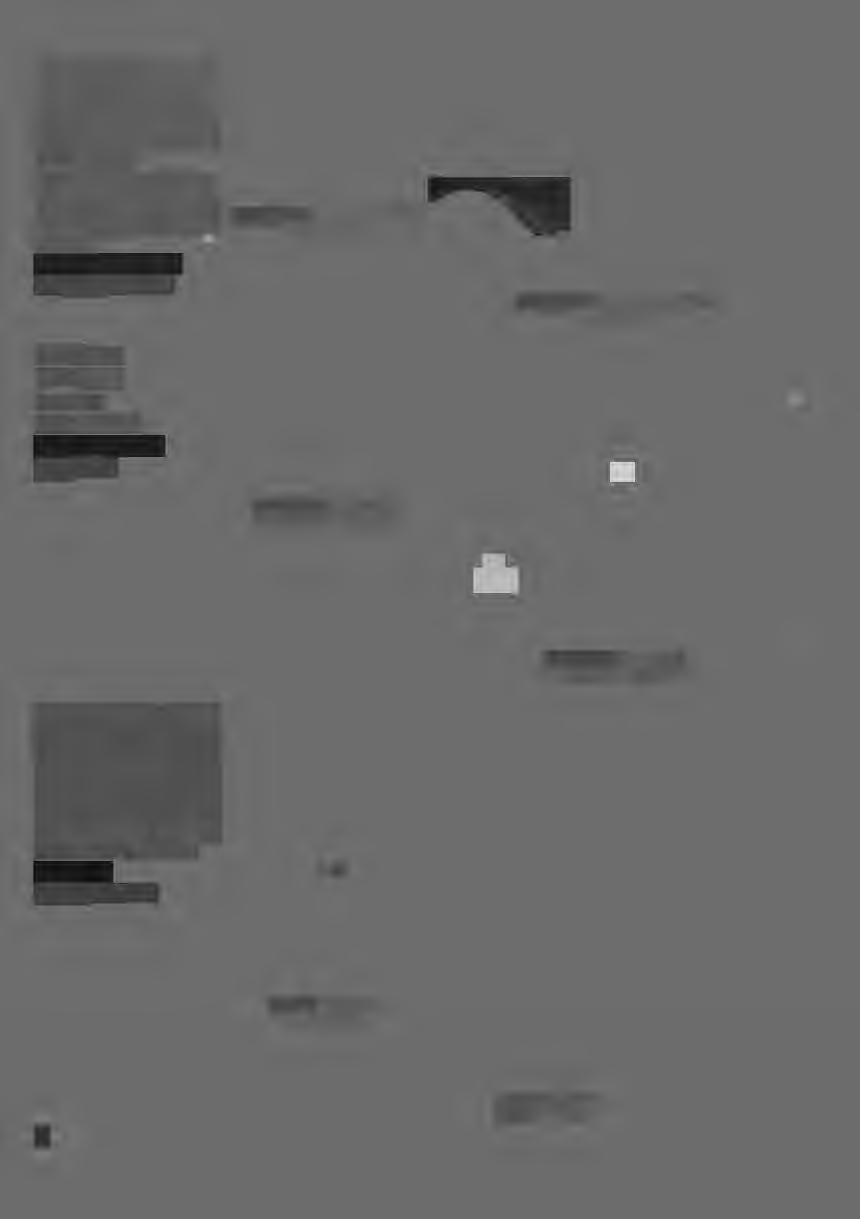
The landin turn ( this time gently) returnsto us what we havemade.
ALISON BURNETT
Largo, Florido
Makinga consciousplayon thephotographictruthsand untruths inherent to themedium, themotivationbehind my photographsis to evokehumorous and contradictoryfeelingsaboutsituations in ways not possiblewith a singlephotograph.The transforming power lies in beingable to use forms and shapesof objectsin front of the camerato alter the visualworld.
GREG ERF
Portales, New Mexico
6
Marion Belanger, Eyes (Self Portrait),1992 silver print, 16x20"
Alison Burnett, Gardenll, 1992 silver print with oil paint, 22x30"
Greg Erf, Untitled, 1991 silver print, ZZx14"
Marion Belanger, Body/Fragment(detail), 1990 silver print, 33x53"
Alison Burnett, Cityscape,1992 silver print with oil paint, 22x30"
Greg Erf, Untitled, 1990 silver print, ZZx14"
These imagesare my responseto the cgmplicatedvisualconfusionI am confrontedwith by my surroundingsevery day.
Makingthem is my way of lookingfor peacefulness.
SHEVA FRUITMAN
Barrytown,New York
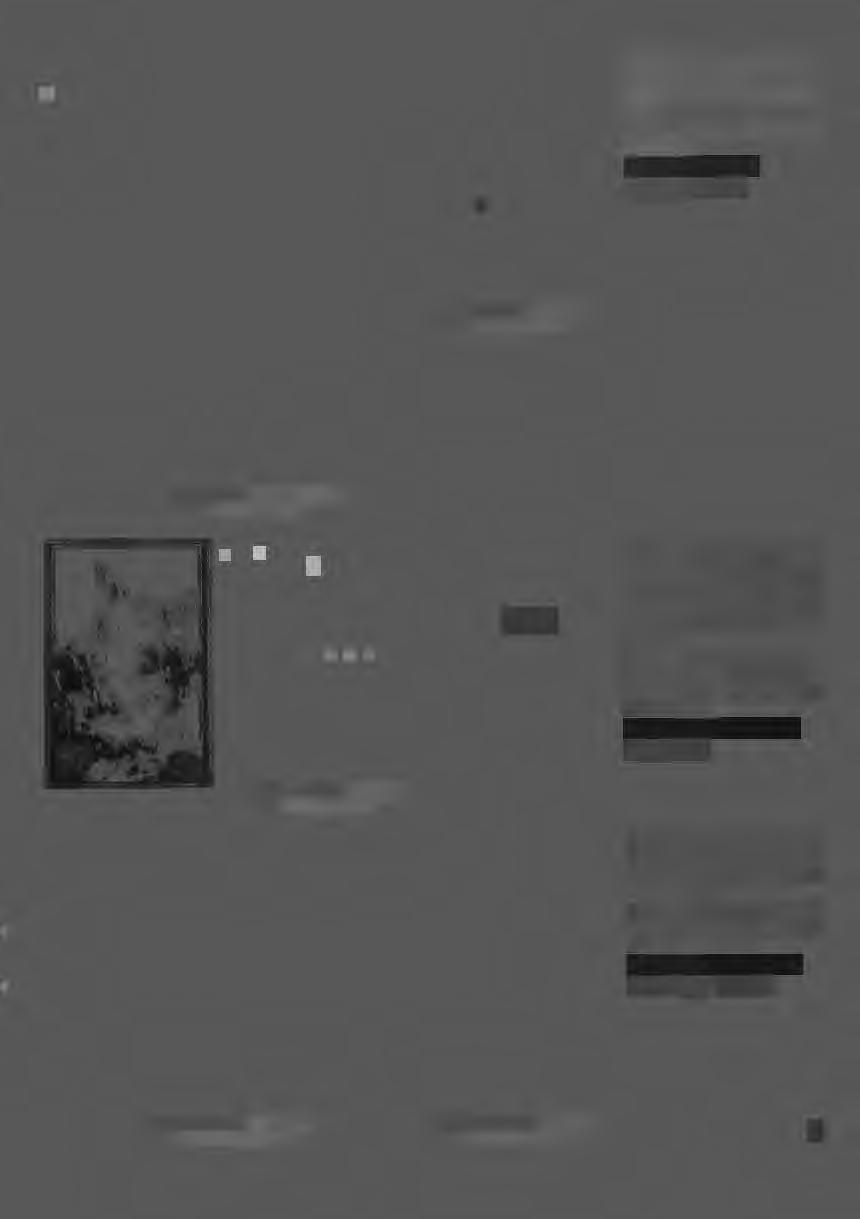
This triptychwas made in Gringo/and. Imagesfloaton thepaper'swhiteground inside deformed windows with an irregularand repeatableborder,establishingrelationsbetweenimageswhich losetheirindividualinformationin juxtaposition.
I look for a differentunderstandingof understoodimages.Like Baudelairein Le Cigne, I say: everythingfor me tums into allegory.
PEDRO COTE BARAIBAR
La Paz, Bolivia
I amsearching[orhiddenanalogieswhich will connectthe unknown with thefamiliar and show the familiar in an unexpectedlight.
I see thingsthatare blankbut unforgettablybeautiful,emptybut chargedwith the mysteryof existence.
PATRICIA MCDONOUGH
New York City, New York
Sheva Fruitman, Lemon (full size), 1991 platinum print, 5x4"
Pedro Cote Baraibar, Untitled,1990 silver prints, l0xl8"
Patricia McDonough, Ciry Hall, 1991 toned silver print, Bx10"
Sheva Fruitman, Half Apple, 1991 platinum print, 5x4"
Patricia McDonough, Wall Srreer, 1992 toned silver print, l0x8"
7
Walkingat nightwith my camera,I am seducedby the darkness.It seems to harborsecretsthathint of pleasure and mystery, unknown talesof longing and recollection.
The scenes around m~ take on an elementalquality. I stop, look and what I see is lightand shadowwhose powerI cannotexplain.
LYNN SAVILLE
New York City, New York
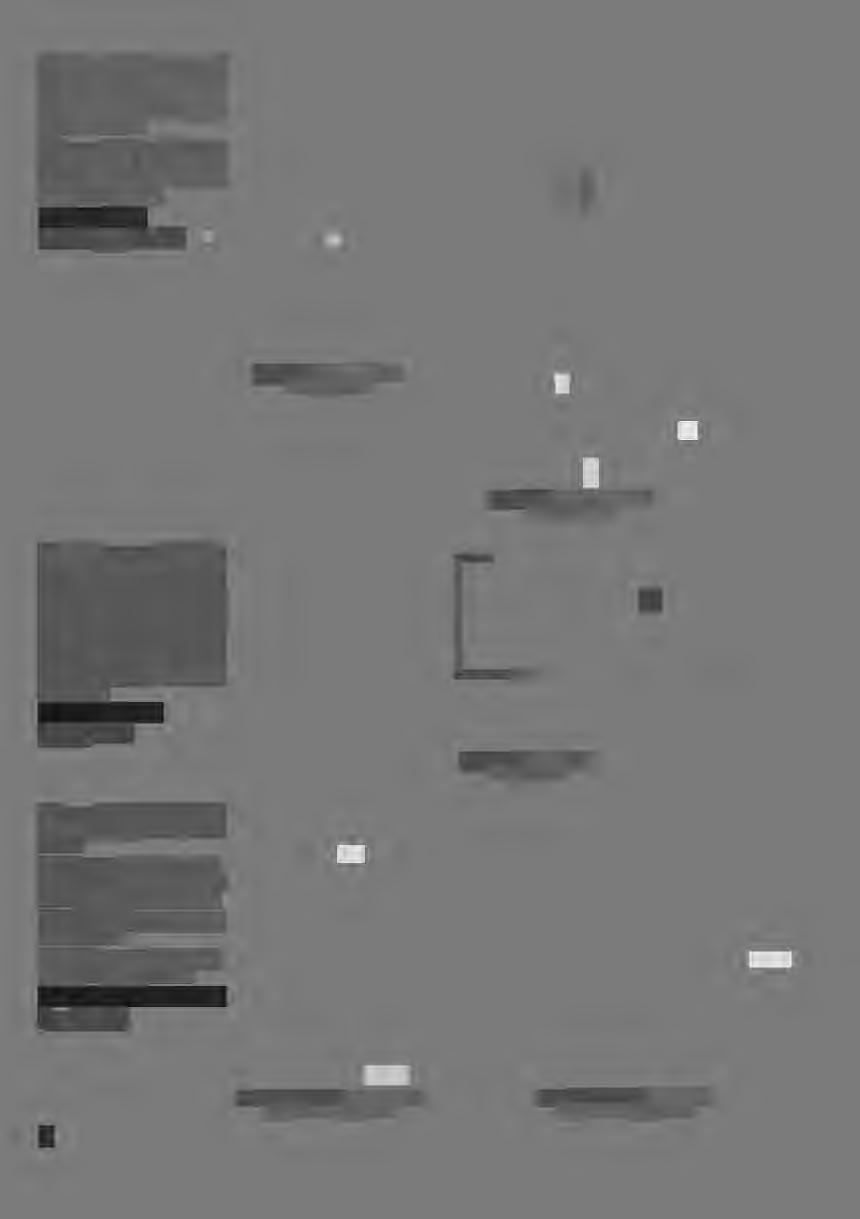
A cycle of movement and light, a sense of closure, keeps the viewer within the assemblage.In music, this wouldberhythm.The shell'swhirling convolutionsmovebeyondtheboundariesof its space,an assertionthat is stillin balancewith the rectangleand its wavesof lightertones. This image utilizes photographyfor conceptual presentation.
ROGER STEVENS
Chicago,Illinois
She moves througha projectedlandscape, interacting with light and shadow.
As the image envelops her body, she emergesout of darknessexposing curvesoverlappedby organicforms. Recallingemotions,past experience, collecteddreams.
Intricately storing information, layeringthefabricof her soul.
LAURIE HIRSCH-TENNENT
Troy,Michigan
8
Lynn Saville, Edgeof Town, l 989 silver print, l 9x 13"
Laurie Hirsch-Tennent, DesertFann, 1992 sepia toned silver print, 20xl6"
Lynn Saville, RockefellerCenter, 1992 silver print, l 9x 13"
Roger Stevens, Untirled, I 99 I silver print, 3x IO"
Laurie Hirsch-Tennent, Nautilus, 1991 sepia toned silver print, 16x20"
This work involveslookingat the port~aitas package.Multipleportraits of fifteen individuals,allfemale,of different ages, races, and sizes, have been foldedinto boxes. Eachimagebecomes packageand packaged,mercantileobject, ormodularunit.Theyarepresented as if on displayor awaitingshipment. The foldedphoto,rearrangedas letters, redeploysthemas language.The mutenessand solidityimposed,or suggested, iselidedthrougharrangementintowords. They talk back.
VIVIAN SELBO
New YorkCity, NewYork
Copperpossessesan invitingwarmth, an intriguingluster,even as it bounces in sheetsfrom a rollingmill. It often findsa deeper,moremysterioussurface as it beginsto corrodewithage. A tire, too, hasaestheticcharmstraightout of its wrappings;but can littlematch the crazedbeautyof an agedre-treadsplitting trafficas it flies apart at seventy milesan hour.
/ t is this sense of tattered beauty, of unkind history, of experience,that I pursueas I work in my windowlessLos Angelesloft.
I hopesomeday to createan artworkas compellingas a singlepotteryshardleft behindby the Donnerexpedition.
CLAY BABCOCK
LosAngeles,California
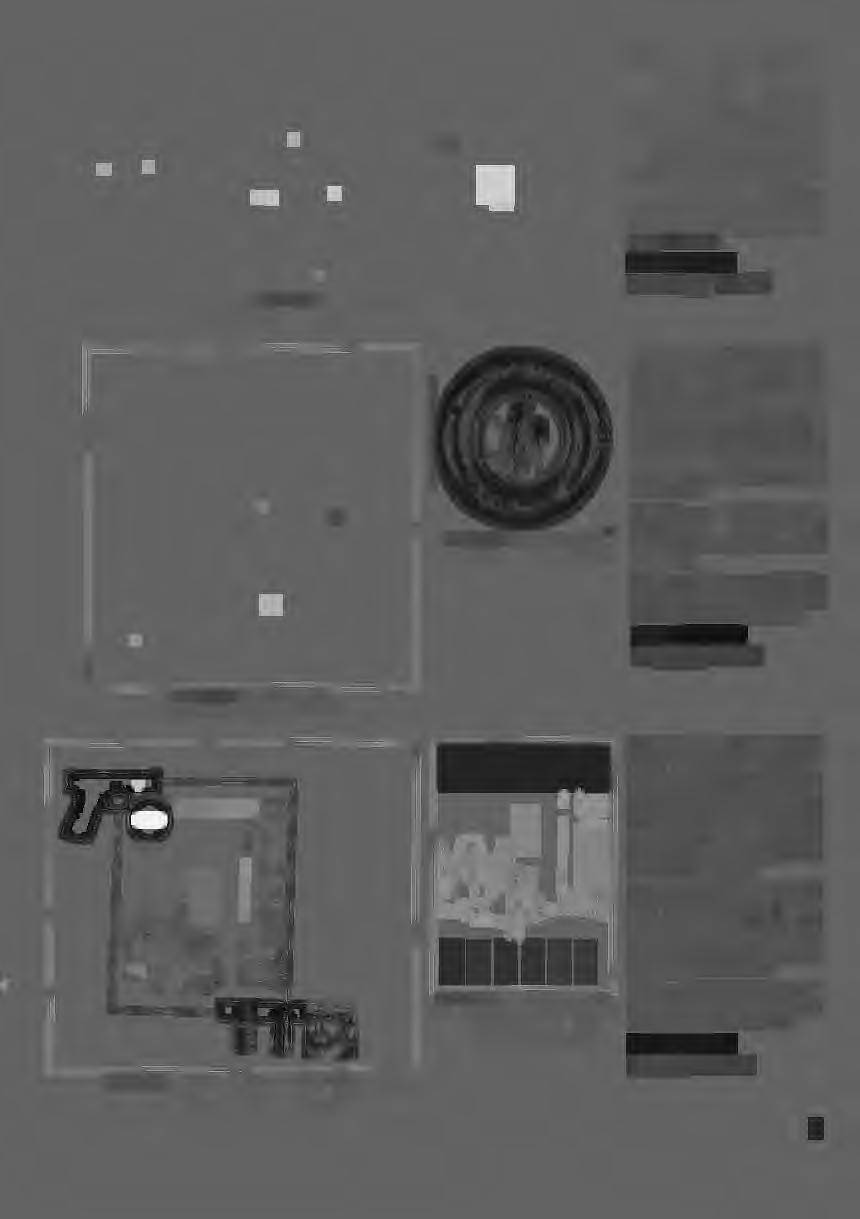
My work explores the effect AIDS, murder, rape, prejudice,hate crimes, and violencehaveon victimsas wellas their loved ones. The focal point includesinnocentpeoplewoundedand/or killed by stray gunfire: a newspaper articleabout two brotherswho were shot to deathaftera clashtheycouldn't hearwas thefoundation.
The ideafor a seriesemergedfrom the anger, shock, and revulsionI experienced after following this case, then reading/viewingdailynewsstoriesabout other unwarranted and unprovoked shootingsof innocentvictims.
These are heinous, stupefyingacts of violenceagainstuninvolvedbystanders who unwillinglybecamestatistics.
LAURIE COSTA
Tariffville,Connecticut
Vivian Selbo, Unconwining,1991 installation derail (expose),silver prints, wood skids, 2'x7'x 12"
~::..::~:~---·:::--1····-·•··•-"·-·•"""'
Clay Babcock, P225/75 RI SA, I992 rubber, copper, photo emulsion, 29x29x5"
Lamie Co ta, "F. Manine.;spraysan empcy,NYC !orwichhissemiawomacic, and an innocent,insomniacbo)' is shoe.," 1992 silver prints and drawing, 20x24"
Clay Babcock, P225/75R/5B, 1992 rubber, copper, photo emulsion, 29x29x5"
Laurie Costa, "JulioMilan is struckin che headby a bulleccharsailedchroughchewindow of hisManhattanapanmenc. , " 1992 silver prints and drawing, 24x20"
9
During my stay at Cambodia's refugee camp, the question "When will I ever breathe the air of freedom?" chewed inside my mind. The only thingI could do was to think of something else, to releasem~self from the monsterquestion./ meditatedby imagining vivid characters, places, and situations. Since everything I did in the camp had limitations,I discovered freedom in the world of imagination. In my own-created world I express everything I want, have everythingI want, and can be whomever I want. Imaginationhas no boundaries.
TAI LOC HUYUH
Bountiful, Utah
Since I was a child I have had recurring dreams about tomados. Wide cerebralenginesblindedby the debris of subconsciousprimal urgencies,seductivecoilswhippingsleepingmuscles into insect frenzy. Nearly all the dreams occur in the vicinity of my childhoodbackyard. It is the debris from thesesleepcyclonepuppetshows that has shaped the tableau of my vision.
Under theyawningcanopiesthat lined
the edges of my backyard, the well
troddenpathsof childhoodplay, spread
the exposedroots of theirsimpleimagery-becoming metaphors-warping, tom, faded by sunlight. Imagesgrow out of my memorieslike castor plants and masses of honeysuckle form snarleddead[alls.
MARK C. HARVEY
Richmond,Virginia
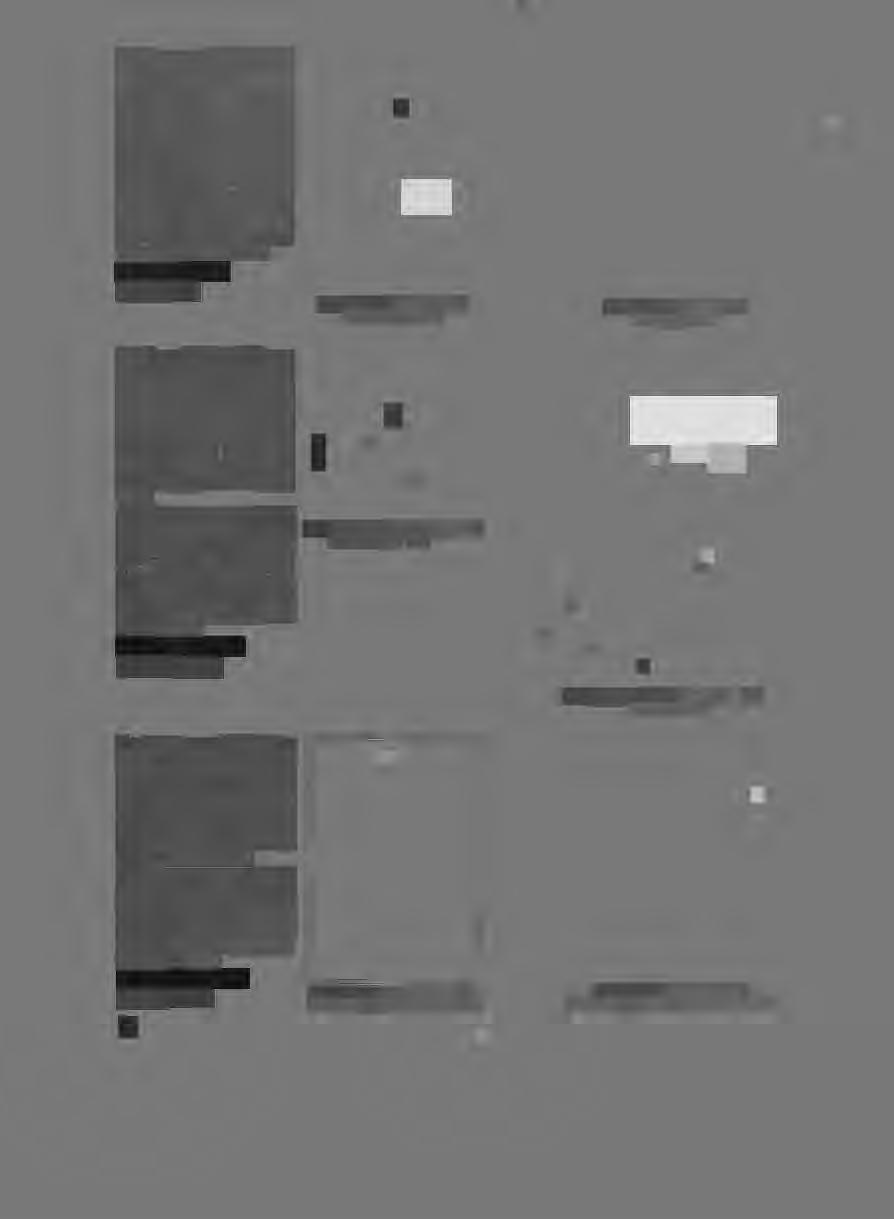
I am strivingto create beauty with an edge. I use the figure and the simple object because they embody classical formal qualitiesthat are strong metaphors. I enclosephotographsof figures in small boxes, houses, and vice-like contraptionsto focus upon repression and conformity, whether it be selfinduced or sociallyimposed.
I chose teacups to represent modem society, partiallyfor the role tea has playedin historybut alsofor its importance in the daily rituals of different cultures. I use them to symbolizesocial and economic inequality, prejudice,and greed.
LINDA INGRAHAM
Phoenix,Arizona
Tai Loe Huyuh, Me & Barbie, 1992 Ekracolor print, 18x 13"
Mark Christopher Harvey, July 1972, 1991
silver print, 6x6"
10
Linda Ingraham, The Class System, 1992 toned silver prints in woodcase, 27x 11x4"
Tai Loe Huyuh, SchoolGirl, 1992 silver print, IJxl 7"
Mark Christopher Harvey, As you recall.. , 1991 silver print, 4x4"
Linda Ingraham, Pandora'sBox, 1992 toned silver prints in lead and glass case, 12xl8x21/i"
When I found these negativesafter my fqther's death, I was faced with an imageof my parentsas lovers,an image I had never known or even guessed. My work becamea shufflingof clues of their early years together, and of the nature of romanticrelationships.These were not only imagesof a man who had died, but of a couple long gone.
Details became the essence-a purse clutchedtight, a headrestingon a shoulder-with hints of the future in down-turned eyes or a sidelongglance.
CAROLINEKEITH
Piermont, New York
I have this funny thing about bodies. I see them as both a rental and the only thingwe have. I used to think ( as I was taught) that the mind was more important than the body. But as I've gotten older I have found out that the mind is nothingwithout the body-try thinking when you're totally exhausted-but at thesame time, themind iseverywherein the body.
Maybe it's thatmind and bodyareeither two words for the same thing or they don't describethe thing at all but only two of its functions.
What? It's a chickenand eggthingkind of like the images of women. Which came first, the image, "Woman" or the woman?
We wouldn't be on this earth without our bodies;we wouldn't be alive without eating, drinking, breathing.
KATHLEENKING
Brooklyn,New York
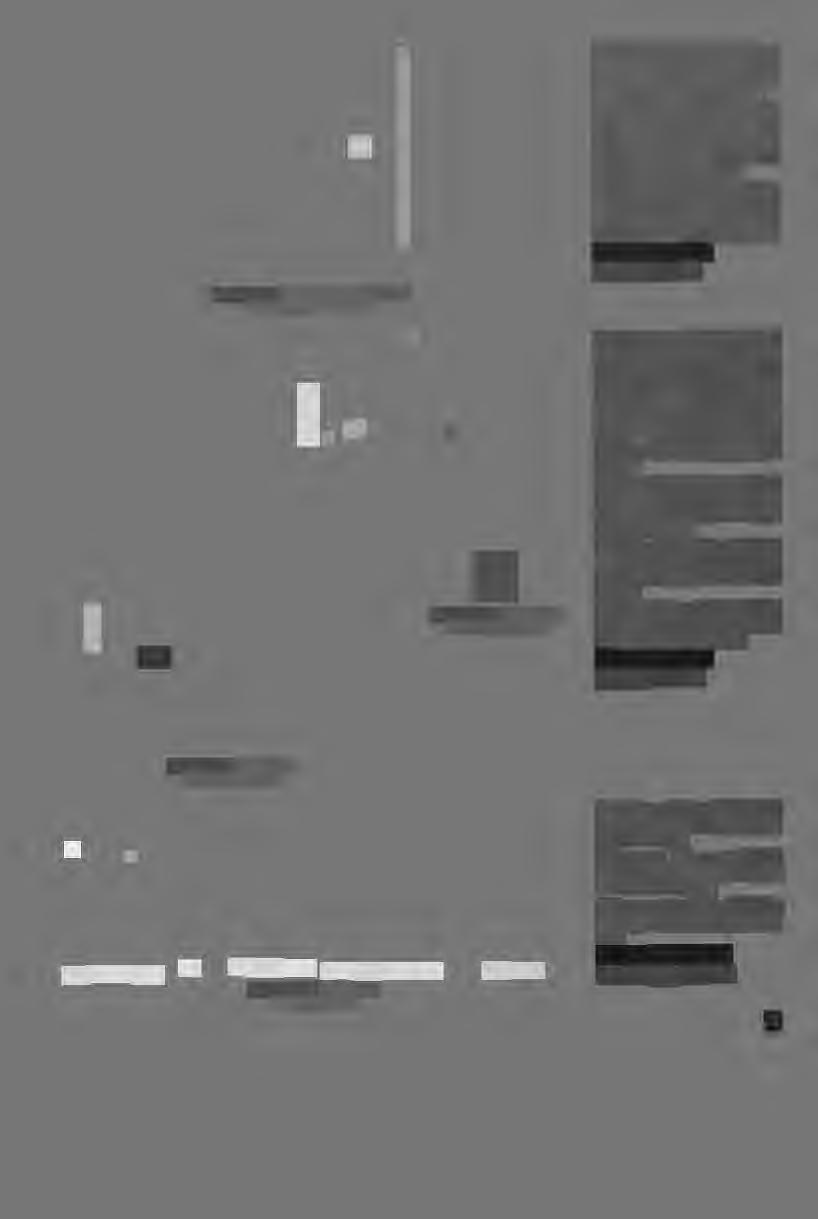
Subjects in my work are the family, the public, the private, the psychological, and the unknown.
The structure is of a game in which I seek new rules and players. The object is not to win but to play.
The outcome is not fact or truth but a reflectionon meaning throughspeculation.
MARIA MATTHEWS
New YorkCity, New York
Caroline Keith, Memory of Firein Ashes #4, 1992 silver prints anJ frame, 7x 15"
Kathleen King, Umi1led, 1991 Ekracolor print, 20x 16"
Maria Mathews, Umided, 1988 silver prints, 20x64 11
Kathleen King, Umided, 1992 Ektacolor print, 20x 16"
11
The imagenow appearsto me mysteriously familiar. Its function as an integral component of the arrested imageis revealed.Its cinematic meaning is now obscured.
I reversethefunction of the subtitlein the arrested image. The arrested image contains the subtitle. That translates the foreign to the familiar. This way of watchingthefilm is unfamiliar.
In my studio, I stop the film but continue to watch it. I watch the film; I read the subtitles. I do something familiar: I go to see a foreignfilm.
PASHA RAFAT
Las Vegas, Nevada
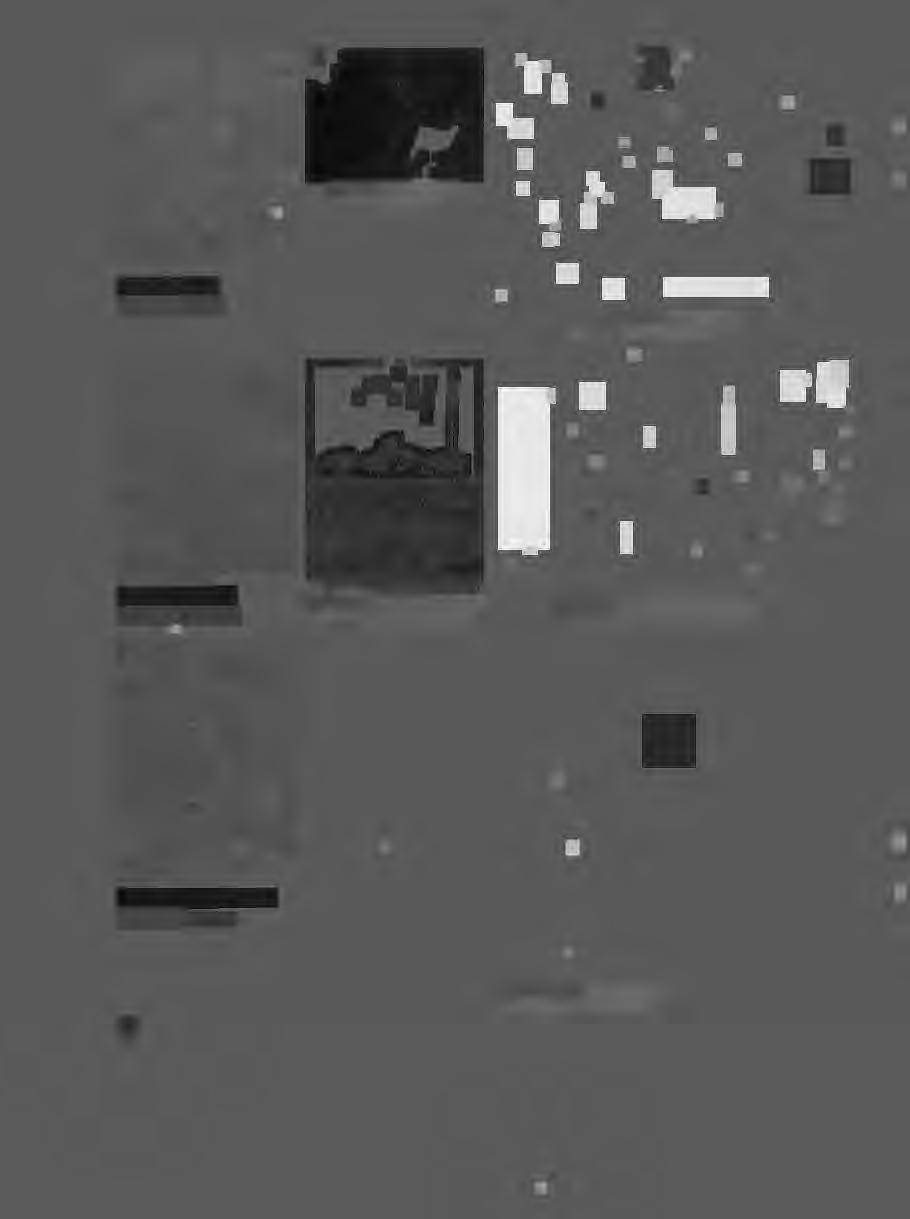
The peculiarabilityof thephotographic imageto "bearwitness" and the incorporationof the computer into the mix truly makes everythingpossible.Photographscirculatein the media, until they acquire the significanceof cultural and historical icons; Jackie Kennedy in her blood-stainedpink suit and matching pillbox hat; astronauts on the moon with an artificially erect American flag; any photograph of a mushroom cloud. I manipulate, and juxtapose such images into my work along with traditionalicons to reveala glimpseof truth withoutcompromisingambiguity.
VICTORIA SCOTT
Santa Fe, New Mexico
I have been searchingfor clarity, attempting to capturea sense of balance in the worldof everyday things.I have come to recognizeand acceptthe contradictorynatureof realityby exploring the simultaneity of order and flux. The introduction of activity within interiors is a responseto one of many dualities in life: stillness is eternal; time is the measure of movementmovement causes change.
My work is an observation of the certainy of change and its disruption of order. I have become more inierested in the appearanceof order, but with an underlying edge of disorder . irrationalorder.
SUSAN HICKS BRYANT
Clarksville,Tennessee 12
Pasha Ralat, #3 FilmSeries, 1992 Ektacolor print, 24x30"
Victoria Scott, MushroomCloud as cheTree of Life, 1990, 6/w/color photocopies, Chine colle, monoprint, 33x27"
Pasha Ralat, #4 FilmSeries, 1992 Ektacolor print, 24x30"
Victoria Scott, The 2ndComingofChrisc, Nagasaki1944. 1992 computer phorocollage, 24x30"
Susan Hicks Bryant, Deparcure:Lily, 1991 silver print with oil paint, 20x24"
I agree with Picasso, "Everything is a miracle-it is ci miracle that one does not melt in one's bath." With that leap of faith and imagination, I photograph in a studio-study-laundryroom with the blue light of day blockedout. Building tableausets, I reachfor what is around and grab ideas that have rattledaround insideme for a while. Art of the past is used.
Sometimes the final pieces make me smile and other times I am frightened even thoughI was thereduringtheentire process. Beginning with an illusionistic rendering, I step into the work to jolt, amuse, or direct attention to social issues and contemporarycircumstances, and in spite of myself, to self-reflect.
BARBARA AMES
Richmond,Virginia
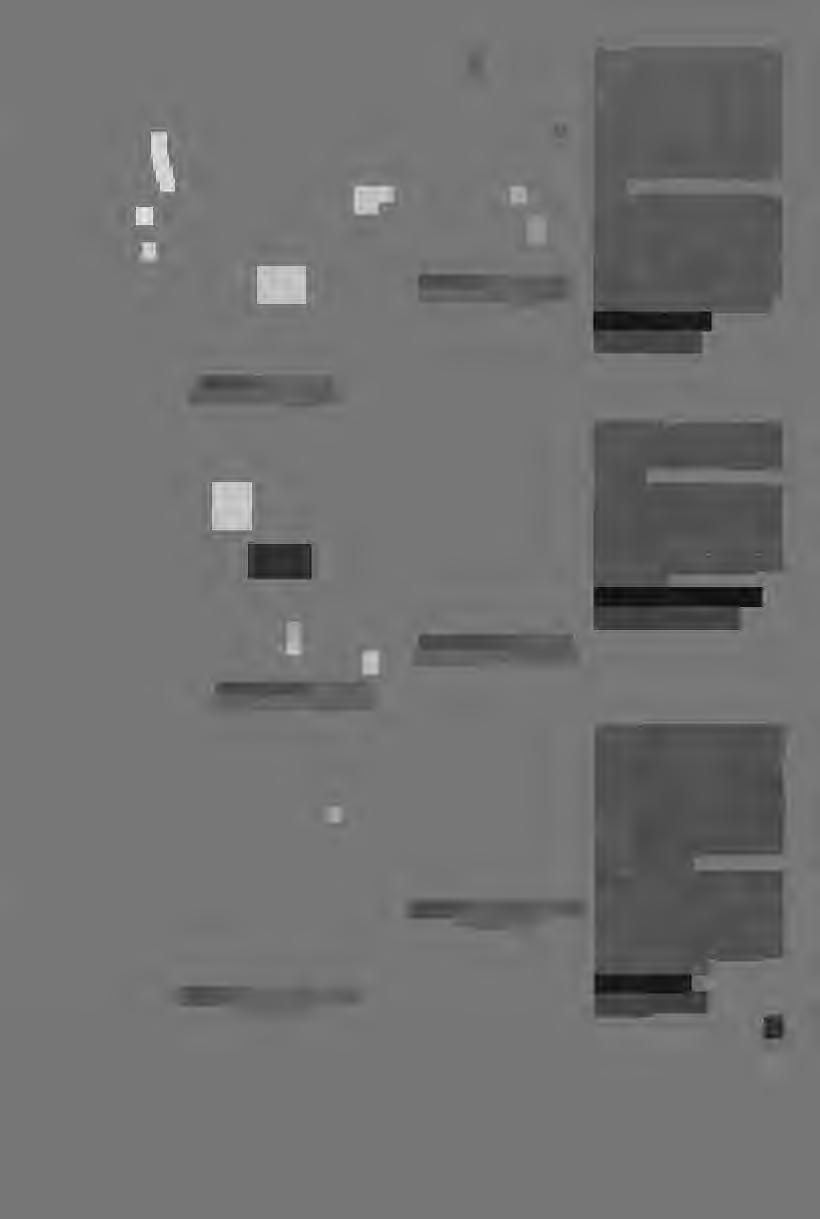
Thoughts of my acquaintances: tenuous, often temporaryrelationshipsborn in specificmoments and not applicable to others.
I've found that the idea of acquaintances disturbs me. These relationships, usually bonding and non-binding, are on the brink of being ultimately unfulfilling. They will, however, always be a part of my life and consciousness.
BRENNAN CAVANAUGH
Philadelphia, Pennsylvania
I explore the psychologicalthemes of loneliness,fear, innocence, safety and threat within the space of the home, from the perspectiveof children. The imagefunnels its meaning toward unpredictable and potentially disturbing objects: the thick legsand upper throat of a German shepherddog become the symboliccounterpartto the blurredimage of a young girl.
I create fictive spaces that feel like the worldseenfrom thecornersof our eyes, like disturbing events glimpsed at and yet never fully known. The quality of a hanging thread, with our sense of the ordinary, the safe, and thefa mi liar, are significantlydisrupted.
JOCELYN LEE
Brooklyn, New York
Barbara Ames, Madonna, 1990 hand-colored Ekracolor print, 14x 11"
Brennan Cavanaugh, Untitled, 1990 AcquaintanceSeries,silver print, l 7xl3"
Jocelyn Lee, Baby wichDogand Chain, 1992 silver print, 30x30"
Barbara Ames, Adam & Anica, 1991 hand-colored Ekracolor print, 14x 11"
Brennan Cavanaugh, Uncirled, 1990 Acquaintance Series, silver print, I 7x 13"
Jocelyn Lee, Boy ac Home wichCow, 1992 silver print, 30x30 11
13
The picture plane as a field of visual expressionrepresentsmy tabula rasa.
I believethe processof picturemaking hasno bounds. I constructimages,an additiveprocess-what /wppenswhen a picture expands to a third dimension? The picture is a view, a viewpoint, an expression.
What we think we see is merely the first reading. When we look further, we find the unexpected. The expression, the idea, is definedas a picture. The forms (constructedphotographs, works on paper, sculpture, video installation) are de-constructed and constructedresponsesto what I see.
I am not concerned about what we look at, but how we look.
DARRELLMATSUMOTO
Wakefield, RhodeIsland
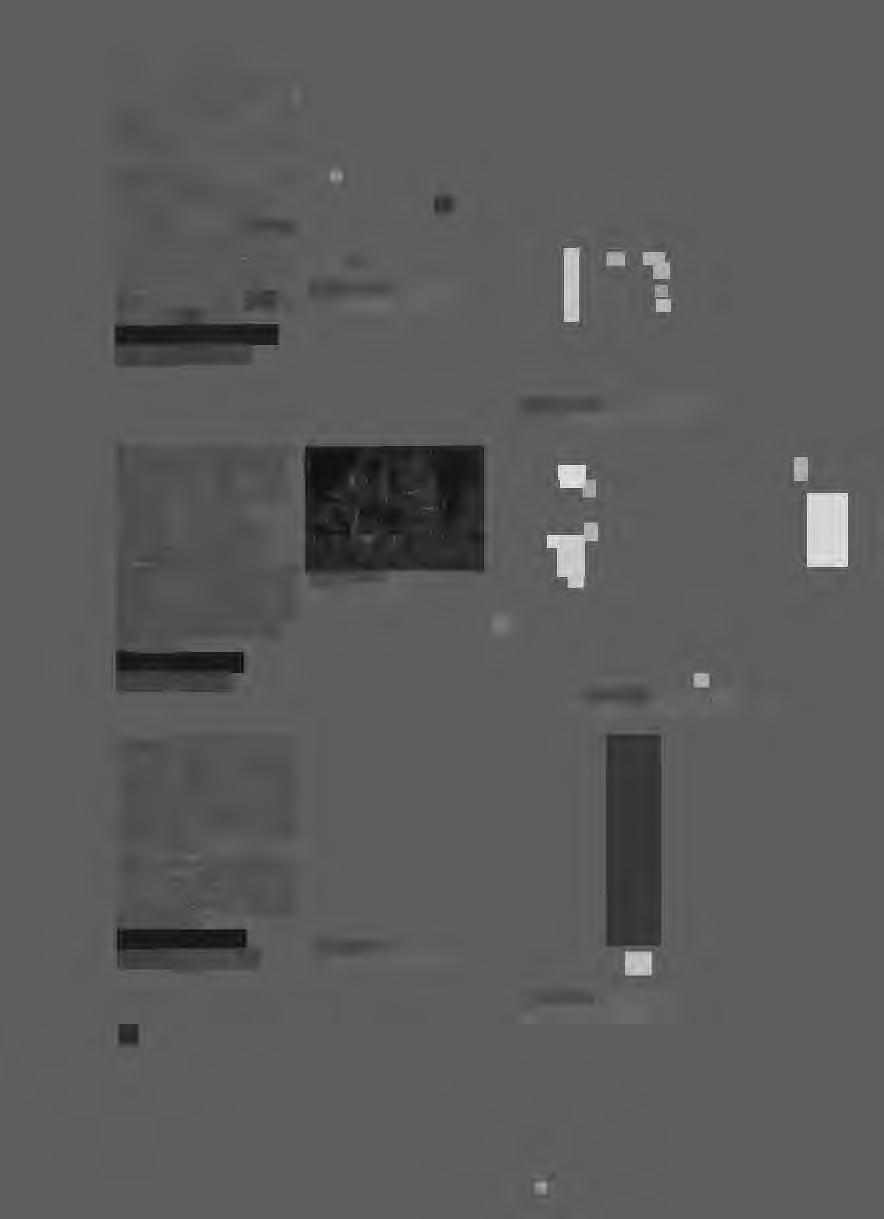
I havealwayswanted to be an actress, playing the star role on center stage.
Dreaming of having all eyes on me.
Dreaming of perfect beauty.
Dreamingof perfect happiness.
The camera is my audience.
I staras thefemale victimentrappedin a world of symbols. Her identity becomes defined only in terms of the desiresprescribedby the culture while the spiritualand most essentialpart of her beingdies.
ANN MCALLISTER
Rochester,New York
The use of cabbageas an exteriorlayer offers a shroud of anonymity that depersonalizesthat beings. With the removal of group classification, or implyingno designationregardingrace, creed, or socialstatus, thesubjectsare rendered the personificationof their respectivegenders.
The wrappedfiguresappearboth protected and stifled by the armor-like covering, displayingaspects inherent in the relationshipbetween the plant and animal worlds.
LINDSAY MORRIS
New York City, New York
14
Darrell Matsumoto, FanrailHorse, 1991 dye coupler print, 20x 16"
Ann McAllister, Never Too Thin, 1991 Dreams of Desire and Demise, Ektacolor print, l 6x20"
Lindsay Morris, Mother and Man, 1992 (detail) Polaroid transfer, 20x24"
Darrell Matsumoto, Etch a BucolicLandscape,1991 dye coupler print, 20x 16"
Ann McAllister, Lookingfor Mr Love, 1991 Dreamsof Desire and Demise, Ektacolor print, 16x20"
Lindsay Morris, Mother and Man, 1992 (detail) Polaroid transfer, 20x24"
Expertssuggestthat domesticationmust otcur to beasts to ensure their survival on earrh.These creaturesmust collaborate with our notions and projects.And in very slow stages this interactionhas given us (and them) the draft horse, the super cockroach,and the bulldog. Yet in our dreamswe still encounter the dodo and the sabre tooth tiger. In the eerie silence of dream, man and beast confront each other in every possible expectationof communication.
A word, a roar, or a simplegesture.
ANTHONY SCIBELLI
New York City, New York
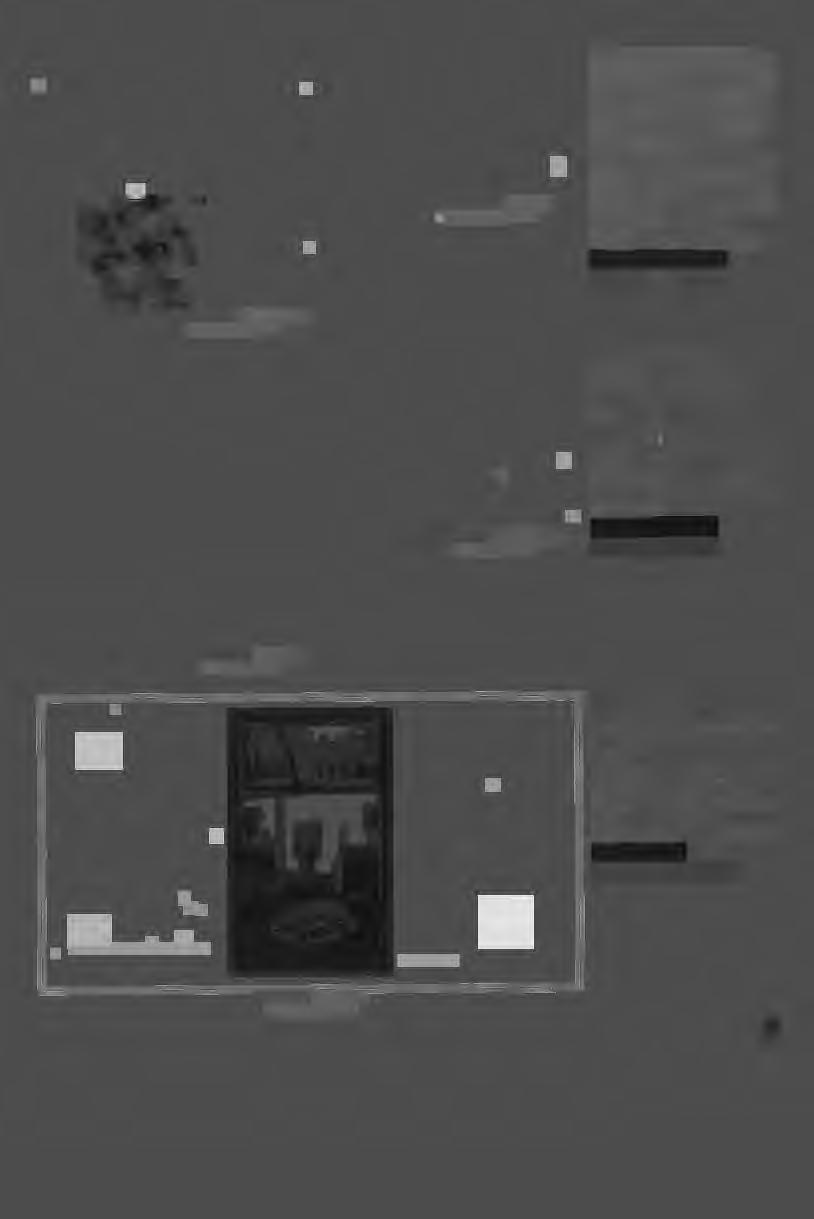
My photographsreflect my childhood fascinationwith the macabre. They are dark, spooky, ambiguous;do we see an old man with a little boy body or a little boy with an old man's head?
With nothing more than a paper bag, magicmarker, scissors--and the helpof a few spontaneous and uninhibited friends-we've created a recipe containinghumor,mystery, andjustapinch of perversity.
JULIE TOWNSEND
Baton Rouge, Louisiana
I am photographinglife at home and a landscape to which I am drawn. Addressingthe issuesof personalnarrative, the images are at once beautiful and fearful.
By layering them together, dislocation and a senseof the lossof equilibriumare created. This weavingtogetherof imagery constructs a place and time that fuses the familiar with the mysterious.
TOM YOUNG
Charlemont, Massachusetts
Anthony Scibelli, Procession, 1992 photomontagc, 20x24"
Julie Townsend, Trinity, 1991 silver print, l 6x 16"
Tom Young, Cuww, 1990 silver prints, 24xl 1611
Anthony Scibelli, Stag, 1992, , photomontage, 20x24"
Julie Townsend, LillieBig Man, 1990 silver print, 16xl6"
IS
0

GWEN AKIN & ALLAN LUDWIG
ANNE BARNARD
BARBARA ESS
KAREN FILTER
KARMEN POL YDOROU
LILIANA PORTER
TODD WATTS
a Center exhibition and publication with a curious view of beauty and art
cultural critique by contemporary artists using photography and other media
curated by Kathleen Kenyon the Center for Photography at Woodstock September 11 -October 18, 1993
appearance decoration looks / looking visible / invisible counterimage pleasure
social fiction stereotype ritual grace masquerade display the dark side mass culture ideology instrument fashion psyche burden sexuality desire power cruelty symbol benefit romance fantasy
anxiety change lies myths
Kathleen Kenyon, Associate Director of the Center for Photography at Woodstock, (New York) has curated exhibitions for the organization: Assembled Photographs; New Surrealism: or, the Fiction of the Real; and Women and Their Models.
Z'
.. J/ 0 .. 0 .c II. 0 .. 0 .c e:. ::, .. GI .. .., 0 u ; .!!, ... J:J "0 B .., GI .. '6 .,; .. 'i " ell .. '5 "0 C " :, " .. !! ! ell .!! t i .J" s .. .s ii: 'i' i '; ;; C ::, .f "0 GI .. -~ 1
I
C "' .s ii:
I J
GWEN AKIN & ALAN LUDWIG
New York. New York
"The more we explored the dissonance between the horrific and the beautiful the more we sought refuge in the elusive world of twilight, solitude, and silence."
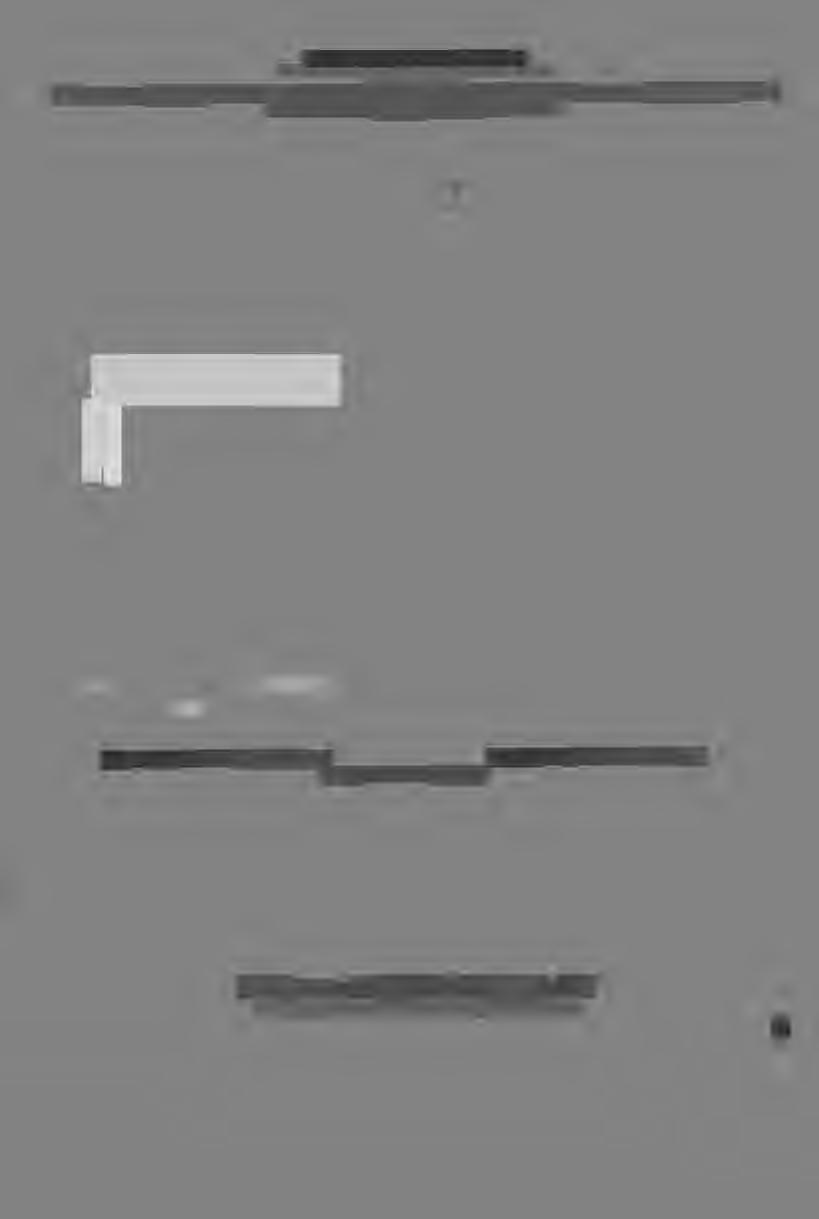
J/fli/llUYt, 11wum 01i Ute waft. <JJflw U>Utef1MRJ)/ o/ao aLIP
Baby in a Bottle, 1986, 24x20" platinum/palladium print
Landscape: No. 12, 1991. S0xS0" Cibachrome print (CourtesyPamelaAuchinclossGolle,y,NYC)
17
-Walt Disney's Snow White and the Seven Dwarfs ©1952 by Walt Disney Productions
ANNE BARNARD
Paris, France
"Imagine that you, as a person, could dissolve and pass into the camera through you sense of sight. Once inside its mechanism you could then interact with the image the camera presents. What would you do? Would you , interrupt or complete the image, construct or destruct, add or subtract?
My interest in the nude is tactile; it's an interest in the touch of sight. My concerns are with the sensual, with desire, with the erotic, with looking.
I pursue this interest through the vagaries of vision which allow a subjective penetration of the photograph. This is disturbing yet seductive territory. A place where photographic details, significations,
and associations are fused "on equal ground," the charged intersection between the camera's view and the photographer's private vision."
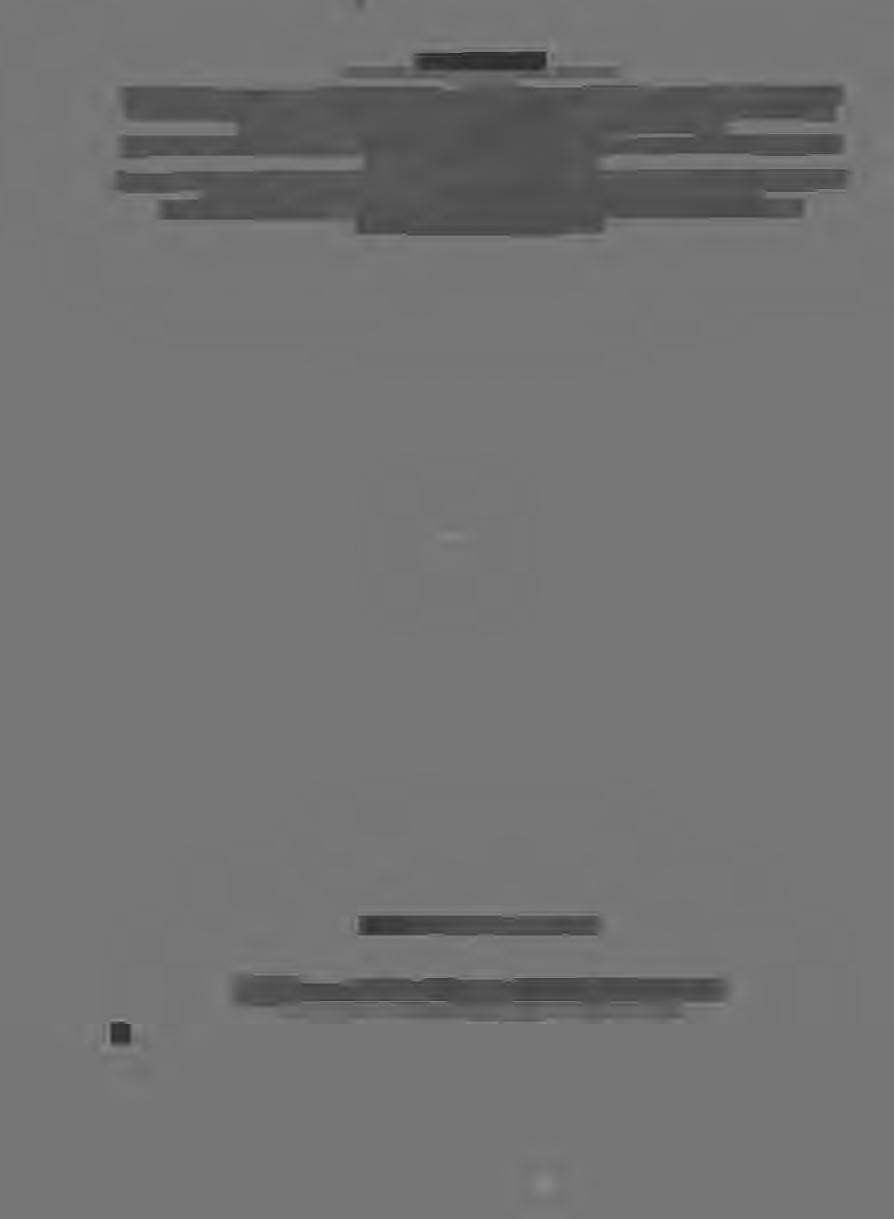
"!JJeu~. wm1wn~ ·bu.t>ine.Mi-n ~. ~, M the theaueo/ tlteiie,,,lMwoo11/Rlld."
-Susan Sontag's article "The Double Standard of Aging" in Saturday Review(September, 23, 1972), p. 36
18
Untitled, 1989, 4x6" gelatin silver print (Courtesy the artist)
BARBARA ESS
New York. New York
The body as mistress of mysteries. A constant rearrangement of relations: pains {winds} pleasures {rains} digestions {trees} doubts {rats} sorrows {lightnings} delights {shampoos} every {inks} fears {bells} aches {embraces} paranoias {medicines} sweats {rockets} resentments {viruses} thing {spaces} lonelinesses {glands} itches {kisses] stresses {concretes} obsessions {oxygen} guilts. Mysterious circuits, opneings and closings of circulating variables: habits, memories, impulses, visions. Around the spinal bend is the human race to.. What traps her. What sets her free. What she risks by not taking risks.
-Barbara Barg, catalogue introduction, Barbara Ess: I Am Not This Bod)(, Michael Kohn
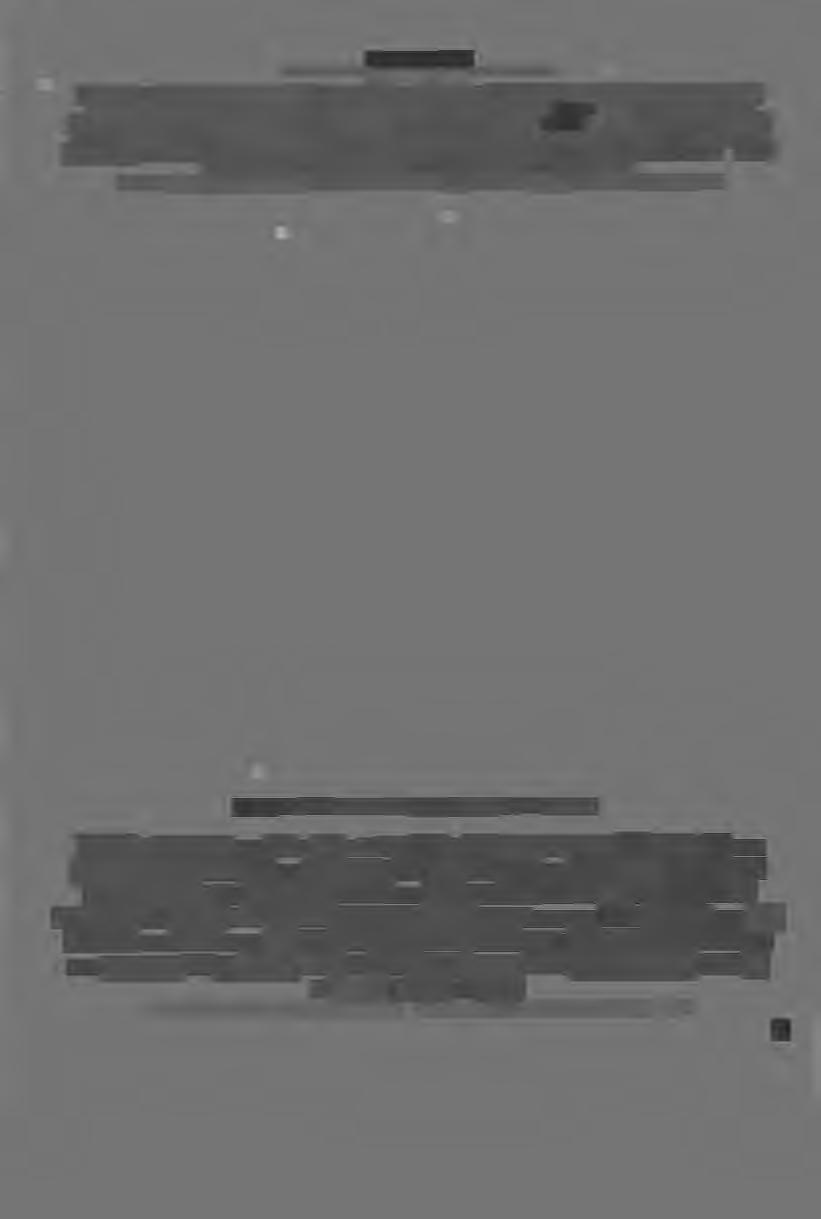
NYC
Untitled, 1991, 40x30" monochrome color photograph (CourtesyCurtMarcusGallery,NYC)
"fJJerw£;; ri} ono/1 viM,1,al 11ww terti mi fim m ,;,,i r,./unelivvn ,;,,i tluec fu/11.ff dt11ne1wim11>.!!Fite viMud i.4 litet>e1Me 11W1wju;.lrj.ed &;J,adtJC11Li<leti>,wiw cmi 111£1//iifudaLe ii 11uwh 6dtettlta,n al/Ii mew luvt1ul/li 6wtlf?, fJJut wiLh o& t>e11M?.),ru:kedr.°at111{1Mat a d,',(}a,d,ya11vlr'!JC:Jtut1ul/lM al/Ii M1wtl. laole. louc/,,, mui r>oWJidf}u, 6ettet,tlu//11,, litek>t arke11Lr'aetne1d.!J6htl/llUI/IM, i1Jiou:h lo 6ecm,w defwndr//bk,rw:uudty,hwecw,,e{X)//IJ>W/Jwto.hadlo 6e/;;aillwd flWWjf /Jwni tk otltei. 1/Wie t>e1M·f.Ud(>et/M?.). 01w 1ieer/4dr'almu:e.el/Yeti (l/1,, the 6edwmn, lo r a ~udt-y!food l,oolt;otlto, (>et~ rue mme wvf<xua,mw doJe tr.fi. "fJJea,r,dy..lerfAYe(Jord M1wll. filvy,()1txd u:1>fimwe.(>OW/u/4,~kyL/v,n, o/w,1u'a~. te:dwte, fit, i1Ji/rwm o/ a JhmhaiL mi a p,d/ow.
-The Beauty Myth: How Images of Beauty Are Used Against Women© 1991 Naomi Wolf, Published by William Morrow and Company, Inc., p. 176
Gallery, CA & Curt Marcus Gallery,
19
KAREN FILTER
Beverly Hills, California
"The torrid fantasy world of Fifties B-movies, the lurid covers of dime-store novels, depicting, in technicolor, the mysteries of adult life with unknown rules of attraction, lust, and power, lived in the neon half-light of society's fringes-this is rriy obsession. It is "kitchen sink" drama, shot with a dark, sexy, lonely edge, where desire meets disappointment and passion burns in the isolated psyches of my characters. Uncertain how their lives will unfoldthat ambiguity is my focus-it is my story."
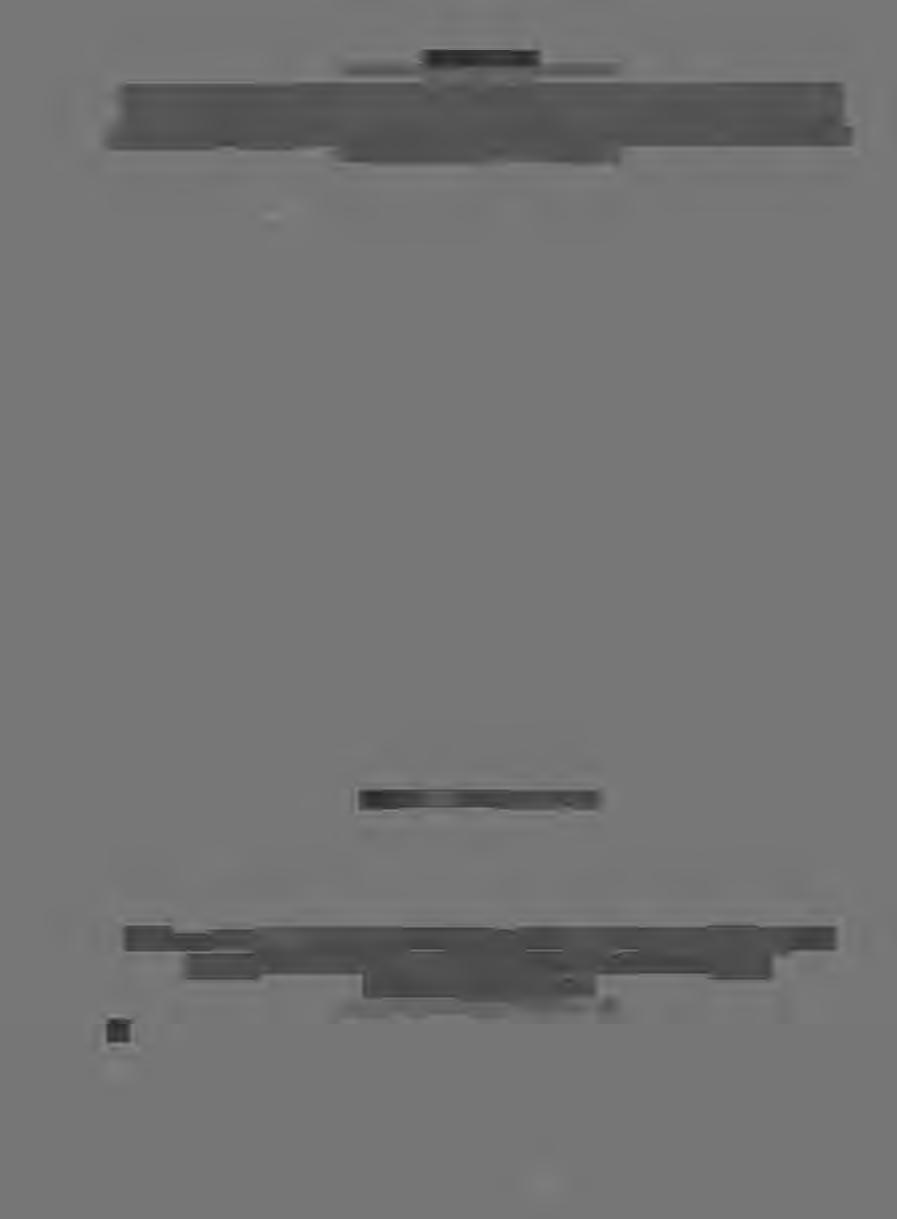
"f!Tltewwa1> a colaun l&OOI o/ 6eair£,y lsey,ondwluo/4llw1-fP)r,MI6eal/11w/wJ5yrt/Julllll£kyfoiiM.Ji/paAL/Jw,n aLt the !Y/f/ll//11idvjf(1/lld M1wotlw1RMrl/lld f?IOO'l,1Jilu./ll.f} e/4e lseaU/o/fhLIAto hame, ii ha,a to rt/11//WX111,1JAIRA1J, thete ha,a to 6e u/lirfe/v,w/Jility., in ii.
-Beauty©1992 by Brian D'Amato published by Delacorte Press, p. 160
20
Mirror, 1986, 71/,x71/,", Ektacolor print (Courtesy the artist)
KARMEN POL YDOROU
Nashville. Tennessee
"First: Open mouths, half-closed eyes, moist lips, and ecstatic faces juxtaposed with questionnaires, recipes, quizzes, and horoscopes.
[All you have to be is you Keep the secret}
Second: photographs of myself merge with photographs of women from advertisements. A mirror is placed at the height of the viewer.
Third Cinderella, Sleeping Beauty, Snow White, mix with the palace, the prince, the kiss. [Beautiful, sweet, charming, lovely, perfect}"
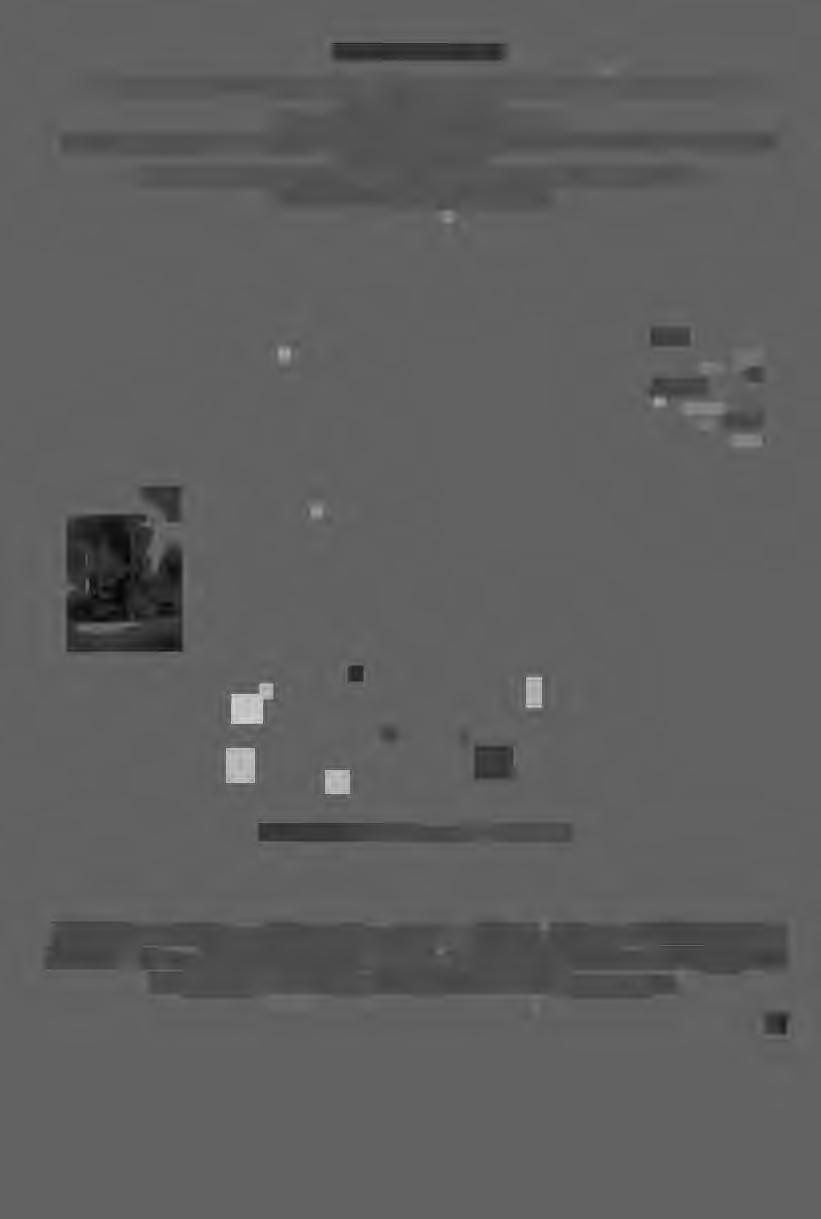
"93e&.cyjouweten't 11uvle lo :WI/IJC. c:/foaca11wwl6cy.ow,,(>U>{e;v.} ' (>;Uf/lJC . .i/fidJte1t <>I+ wow1i't ~t. .<J,couklpevlutfa>6c ,t;k thR.11n.Ji/4U U>wew 1/Uwuxf. G)(/luydmi't thR//1w<Yl//4?!Y'½:Wloo bul/Ulll/wl.!Y'lwi1t/2,,,mt/4aw WOwliile. c:/foaau; tfw //1W<>l6catf/!ifolone/ !foo/4rd'!l°wM. fJ>lu.JMfl,O·.<J,nuMl Wot/k .<J,looe y.ou...niau'!I, 'llW ., ~Avenant and
l!IHlliiRlt
Camero Obscuro, 1990, 50x55" color xerox, text, mirror (Courtesythe artist)
Ci •~•r
']'fill]
21
Belle. from La Belle et la Bete. a film by Jean Cocteau © 1946
LILIANA PORTER
New York, New York
''The boat is there to rescue you."
Syracuse Herald American interview by Sherry Chayat
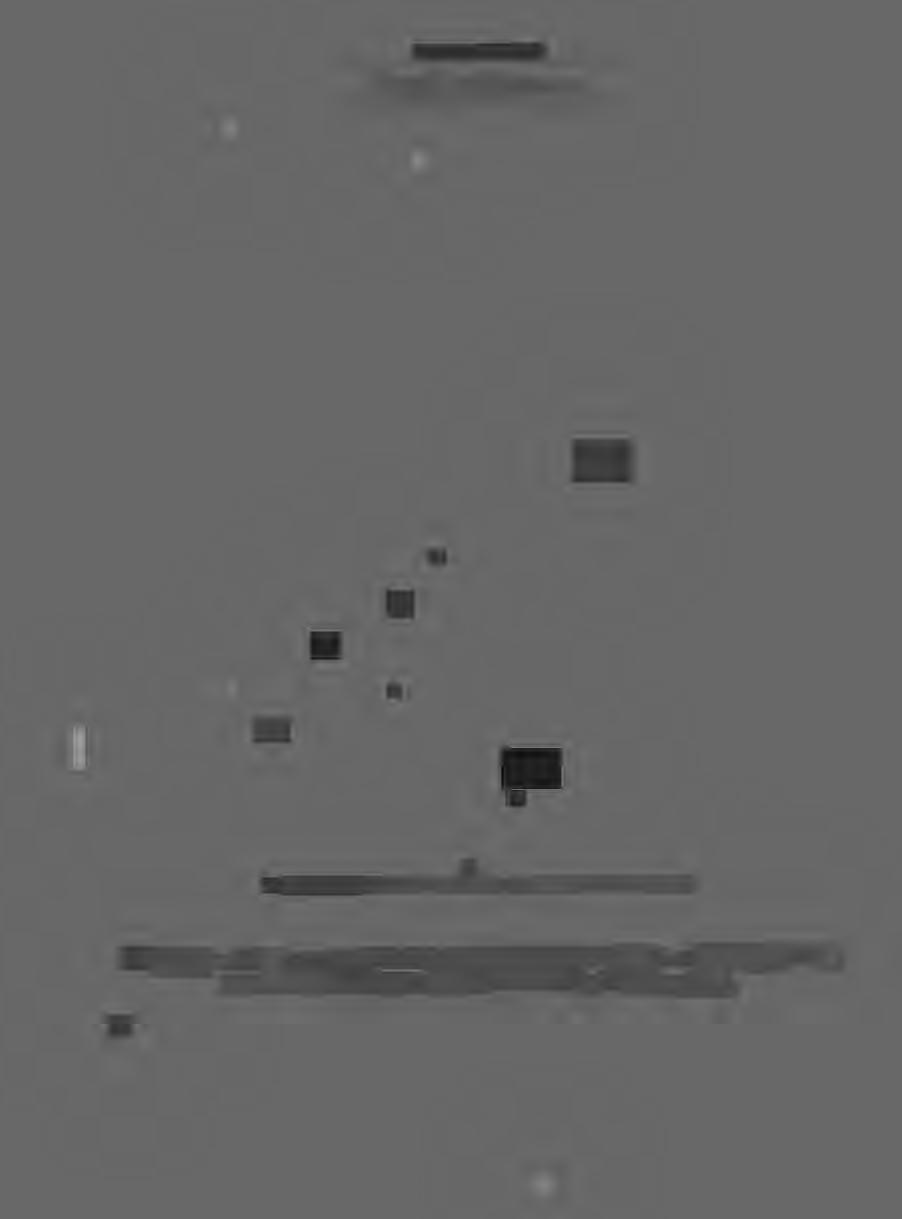
The King's Argument, 1991, 41 x30" mixed media, collage on paper {Courtesy Steinboum KraussGallery,NYC)
fPlw OOClt Uw,,/oia (Wllnekne, 6rd aL {al)£a 6u°{/ldtlwu,fjht(>vuwf.t fte1t. "CJ}ftfv!f,iL; a !frok°A1f11JhlM6oo/4 , o/ roWM?J .sdndi/ !],hold ii ttfi to a !JhlM,Utewou/4 W-fiU aLI!JOUte,,~t Wf'1J ari. "
-Alice in Wonderland & Through the Looking Glass by Lewis Carroll© 1946 Grosset & Dunlap, Inc.
.I "'
22
 TODD WATTS
TODD WATTS
New York, New York
"Medical observations of astronauts confirm that the mechanisms of our evolution do not account for extraterrestrial existence. The Genome Project, financed by the United States government, seeks to define these mechanisms by deciphering the complete human genetic code, effectively creating an instruction book for refashioning people. When realized, it will become possible for us to take personal responsibility for human evolution."
-advertisement copy,© 1992 Barney·s, New York 23
The Very Last Old Man, 1990, 45x36" gelatin silver print with dye transfer (CourtesyP.P.O.W. Gallery,NYC)
My father loved women. He loved the way they looked, the way they moved, the way they smelled, the sound of their voices, the clothes they wore. Maybe that's how you explain an uneducated man who grew up in near-poverty in rural Hungary at the beginning of the century and who, ten years after he started taking photographs, changed fashion photography-and thus one of the ways we see women-forever.
My father's ideal was never the exotic, delicate flower. Before he became a photographer, he was a sportswriter, albeit one with a literary bent; I have a notebook of his poetry, written when he first arrived in Budapest in 1912, at the age of sixteen, He wrote about sports, and when he began to take pictures, he photographed carracing and wrestling matches and soccer games, and then by a natural progression, acrobats and dancers. His impetus was kinetic and vital. Although his photo-journalistic work was what made him famous by the time he moved to Berlin in 1927, there is always movement in his workstillness, sometimes, in a nude asleep on her bed, or in an aerial view of a field full of children at summer camp, resting in the sun, but never the static, carefully arranged composition. The women he photographed in Europe were always active, healthy, strong: Leni Riefenstahl skiing, the dancer Rosi Barsoni leaping in the air in 24
her high-heeled shoes, a group of bathing beauties-Japanese parasols with legsparading across the sand.
So if you were someone who photographed on the run, framing and grabbing your shots as they presented themselves, what would you do if someone asked you to shoot a model in a bathing suit for Harper's Bazaar? You'd take her to the beach, of course. Build a set in a studio? Truck in some sand? Why, when there's a beach? Pose the model prettily in a lounge chair? Why, when all the women you know and like go to the beach to swim, to run

around, to have a good time? Okay, it's November, so you don't stick the poor woman in the water; you ask her to run, which is what women do at the beach, and when her path crosses your viewfinder, you release the shutter. And she looks terrific, because she feels terrific. She's real, and she's beautiful and alluring because she's real. Is this the only kind of beauty there is? Of course not. But face it: It is the most honest, the least manipulated, the most authentic. You can construct a photograph of your fantasy, of a dream, and control every aspect to evoke feelings about beauty we all share. And yet, think back in your life to moments of great beauty, to when you were moved by a face, a body, a gesture. Isn't the image in your mind's eye one of an unguarded, spontaneous moment, of a real woman or man living life?
Not that my father disdained artifice in the service of beauty. He took a close-up of Katharine Hepburn-his ideal woman, from a physical standpoint, and a long-time dear friend-and showed it in two mirrorimage versions, on facing pages: on the left "Katie," with crow's feet and blemishes, and on the right "Miss Hepburn," retouched goddess of porcelain perfection. To my father she was both women, and both roles were appropriate and fitting for a movie star. And yet throughout
Nude, Europe, 1924-34
Martin Munkacsi, circa 1940s
Lucile Brokaw, Harper's Bazaar, 1933
my childhood he always used to ask me to promise never to become an actress, a dancer, or a model, because he said he'd never known a happy one-they were all too obsessed with the constant need to strive for physical perfection. When I was about fourteen, he photographed a young actress just starting her film career. What made her such a fascinating subject, he told me, was not her classically pretty features, but rather that "her face has so many interesting colors in it" (these were, by the way, black-and-white photographs he shot).
I don't mean to suggest that my father was he himself Mr. Natural, the uncorrupted avatar of the unimproved. He loved what the hand of man wrought: fine furniture, great painting and sculpture, elegant clothes (men's and women's-he embarrassed me in the very early sixties by wearing pink and lavender shirts he brought back from Paris). Style was desirable, but it was a personal rendition. The living room of the house he designed and built on Long Island in the early forties contained chintz-covered sofas and a Coromandel screen, Hungarian folk pottery and a Clouet portrait, blueand-white-checked homespun tablecloths and a T'ang Dynasty statue of a horse with a tail my father made of frayed violin strings. The same year he taught me
to ride my bike, he taught me (or tried to) what made a good dress design. I think he got a kick out of the contrasts within him. These contrasts shine through in his photographs: simplicity and sophistication, an unstudied intellectualism, aesthetic choices made without academic constraints.
I was certainly around my father often enough when he took photographs, but I assisted him on only one shoot when I was fourteen, a year before he died. Once again it was a model in a bathing suit for Harper's Bazaar. The three of us drove out
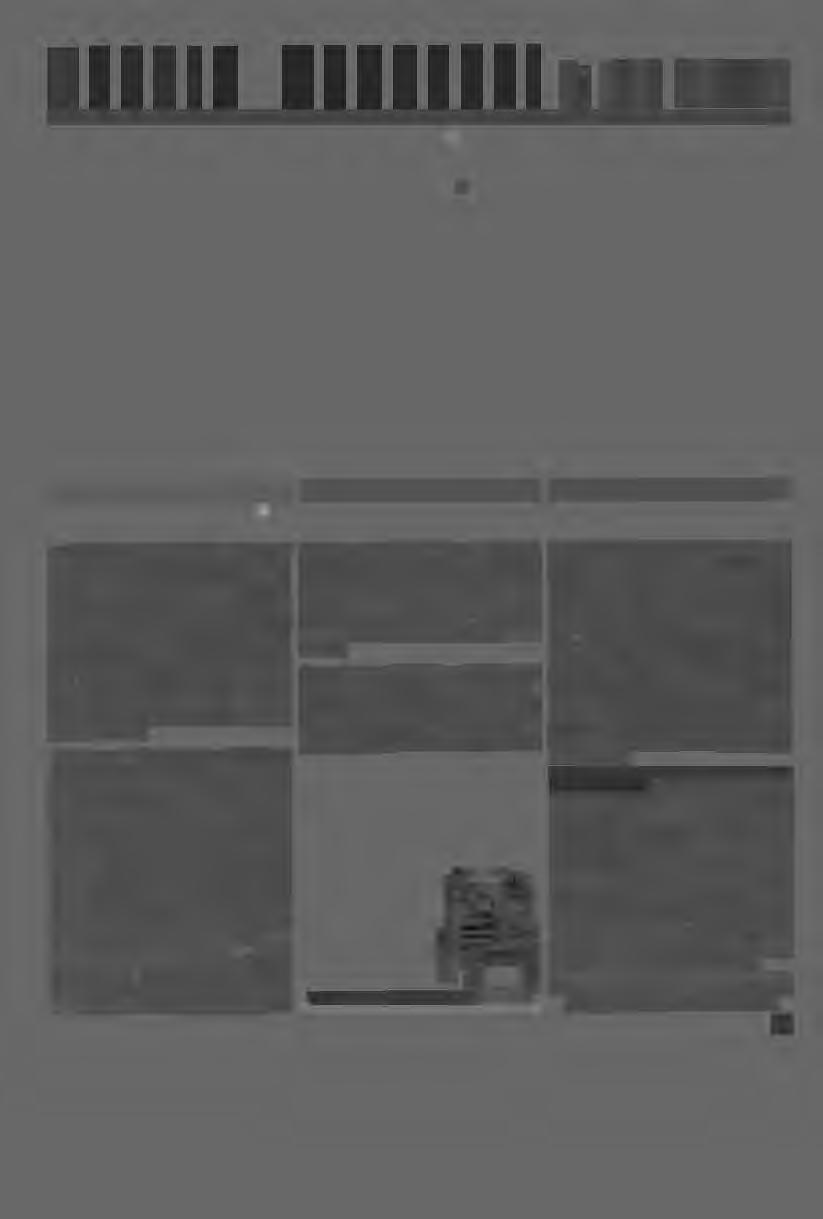
to the little beach down the road from where he'd built his house. I held a towel over the car window while Carol, the model, changed into her suit and Halston headdress. My father took her out to some rocks and suggested a starting position. He shot, he commented, she moved a bit, he shot. The collaborative posing continued for a couple of minutes, half a dozen exposures at most. After Carol changed into a second ensemble, the procedure was repeated. No editors, no hairdresser, no makeup artist, no real assistants, no fuss, no time at all. Just a beautiful woman at the shore, just a beautiful, tender photograph of a memory.
JOAN MUNKACS/is a former cookbook editor and medieval musicologist who grew up in new York City. A resident of Woodstock since 7982 and a member of the board of the Center for Photography at Woodstock since 1985,she occasionally writes about photography and is currently working on a murder mystery set in Woodstock. A book of her father's photographs, Martin Munkacsi, will be published by Aperture in January, 1993; the Fashion Institute of Technology will show a retrospective of his work from January 27 to March 6, 1993, which will then travel.
All photographs courtesy Joan Munkacsi © 1992by the Estate of Martin Munkacsi
Untitled, Harper's Bazaar, 1962
Katharine Hepburn, 1938 (1st print)
Martin Munkacsi and Carmel Snow, circa 1938
Katharine Hepburn, 1938 (2nd print)
25
Boardof Directors
V-Presiden,Susanfowler-Gallagher
Secretary,DebraGoldman
EllenHandy
Treasurer,RollinHill
ColleenKenyon
Ellen l Levy
SusanHanuso
Presiden,ElliottMeisel
NarcMiller
AnnL. Mom
JoanNunkmi
RichardPlatt
RobertStang
FilmAdvisors:PeterHutton
JohnPruitt
AdvisoryBoard
CharlesBiasiny-Rivera
MartinBondell
CornellCapa
PhillipCavanaugh
EllenCarey
AllanColeman
LizaCowan
PenelopeDixon
BenFernandez
O,airperson,CherylFinley
JulieGalant
BethGam-Warren
HowardGreenberg
SueHartshorn
NormanJayhzkoff
RexJobe
GregKandel
PeterKenner
AlanKlotz
RonaldKurtz
KennethT. Lassiter
SusanaTorruellaLeval
PeterNacGill
RobertPersky
SandraS.Phillips
J. RandallPlummer
LiloRaymond
CharlesTraub
Staff
ExecutiveDirector,ColleenKenyon
AssociateDirector,KathleenKenyon
AssistantDirector,Lawrence P. lewis
ProgramAssistan,DerekJohnston

What the Ro/lei Professional 6008 does on Space missions for NASA. it willdoonearthfor you. NASA uses the some off-the-shelf 6008 you con. With no adjustments or modifications. Some Ro/lei 6008 features are not even available on ultra-sophisticated 35mm cameras and certainly not on any competitors' medium-format cameras (even their latest)! These features make your Jobs better and easier No matter what kind of space you shoot in. isn't it time you discovered what more and more of your peers already have?
•Built-In 2 FP5motor. •Auto-Brocl<etlng-your shot plus 2 more
for strot>Oscopic effects, motion +2/3EVand-2/3EV to ensure proper efposure(just switch 5± onolys1s.rn flash meter), whale
worlds asshownmPhotoA),•3MeterlngModes(seePttotoC)-Center- w11/openup
weighted l'J'H.Jlfi-zone,Spot, and soph1st,coted Multi-Spot to you-
(reodsondaveragesup to5d1fferent spots). •Aperture- w1th0ut teovprior,tyAf Shutler-speed pr1or1tyAE,ProgrommedAE, mg map/one, fototechnc
= = :Mor1<131ingCorp We're looking at things from your point of view. 16Chcpnf.ti.Pihe8rook.NJ01058.201!80!J.WIO
THECENTERFORPHOTOGRAPHYATWOODSTOCK59 TINKERSTREETWOODSTOCKNEWYORK12498
address correctionrequested
Non-ProfitOrg. U.S.Postage PAID Woodstock,NY 12498 PermitNo.ll Manual Modes. •Shutter speedsondope,turesln 1/3 stops. •Multlple exposure conrrOl(seePhoroc ). •TTL exposuremeterina Incomera body to ensure consistent readings withal/ finders, screensandtensortachments.·•TTLflashexposure with OTFreadings and automatic ratioed fill flash (see PhOtoq. •Leaf shutter
PHOTOA PHOTOB PHOTOC
speeds from 1/500 roJOsec ond flash sync 01,1artM entire range (up to 1/800 with some lenses), •SwitchoDle viewfinder LEDsoutside of frame oreo (seePhoto B):•lnterchOngeob/e film mogozines with mm speed input, preloodoble film inserts, and built-in dorl<slides, •Ergonomic design, •Extensive selection of world's finest lenses from Zeissond Schnelder (Including o 180 f2 8 that's cMnglng tl"le look of phOtograph~; •CCD ~~f6~~;1~n°f~~ 1 ~sba°~ ~1~f2:g~sgc::d~: 1 advanced accessones (up ,o59 hours 59 mmures timer: mulr1ple-exposure remote
II
0 e1
controlurnt
new
TheCenter1sfreeandopento the publicWednesdaythroughSunday,noonto S pm.TELEPHONE(914)679-9957,FAX(914)679-6337

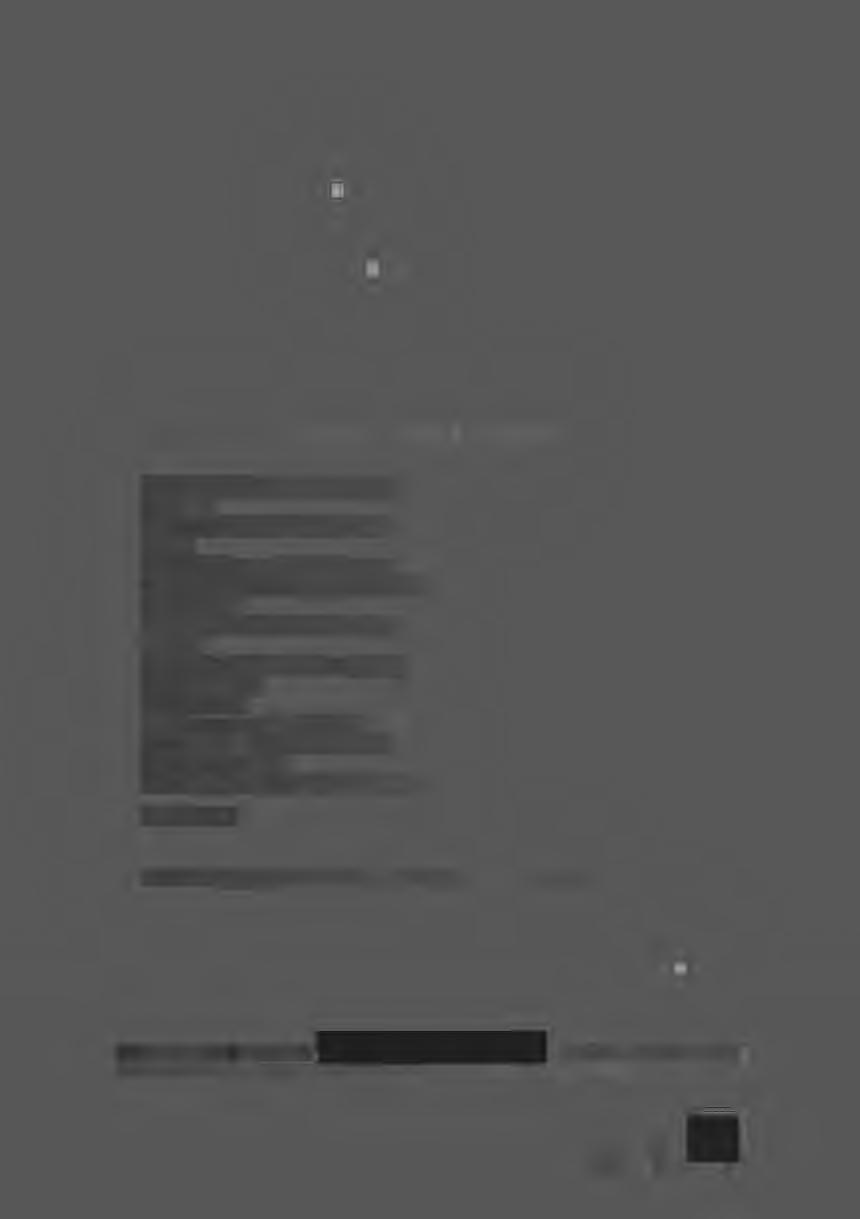





















 TODD WATTS
TODD WATTS


